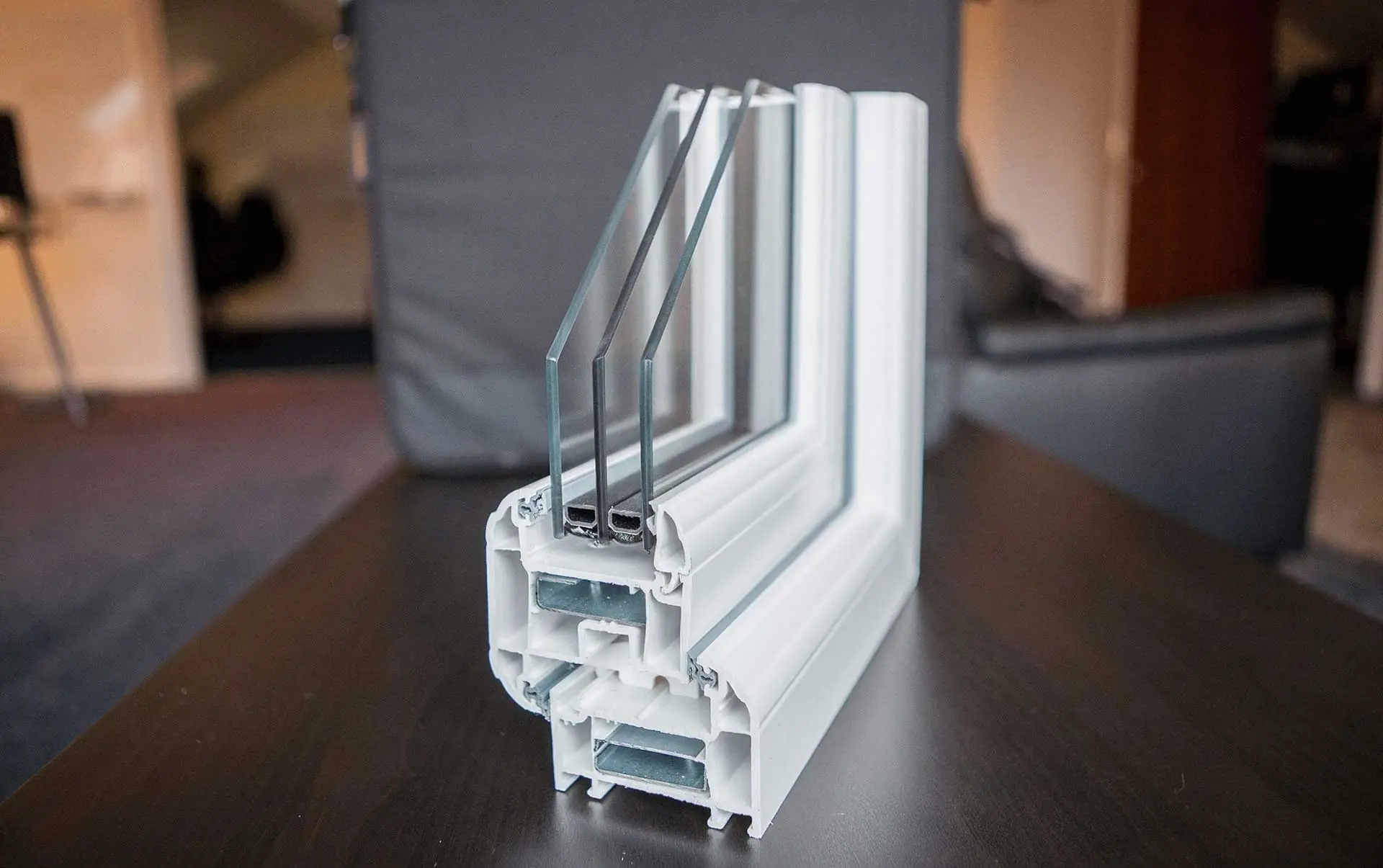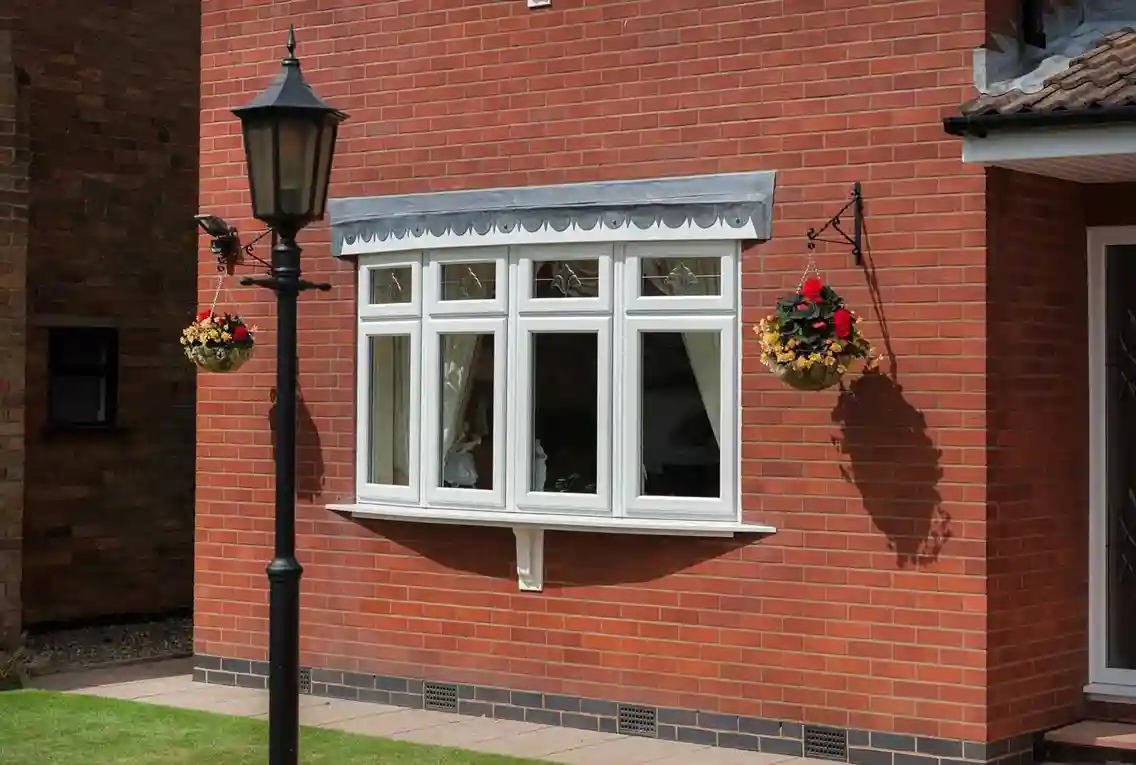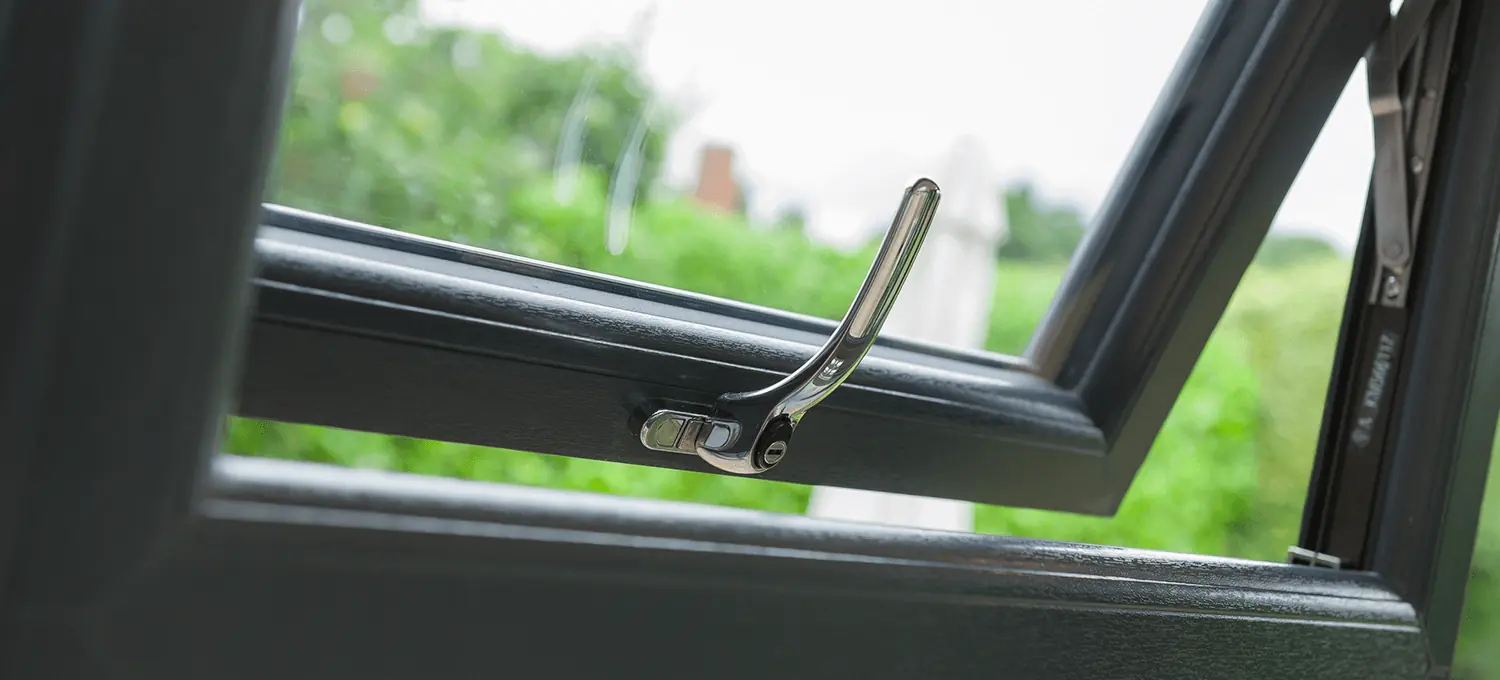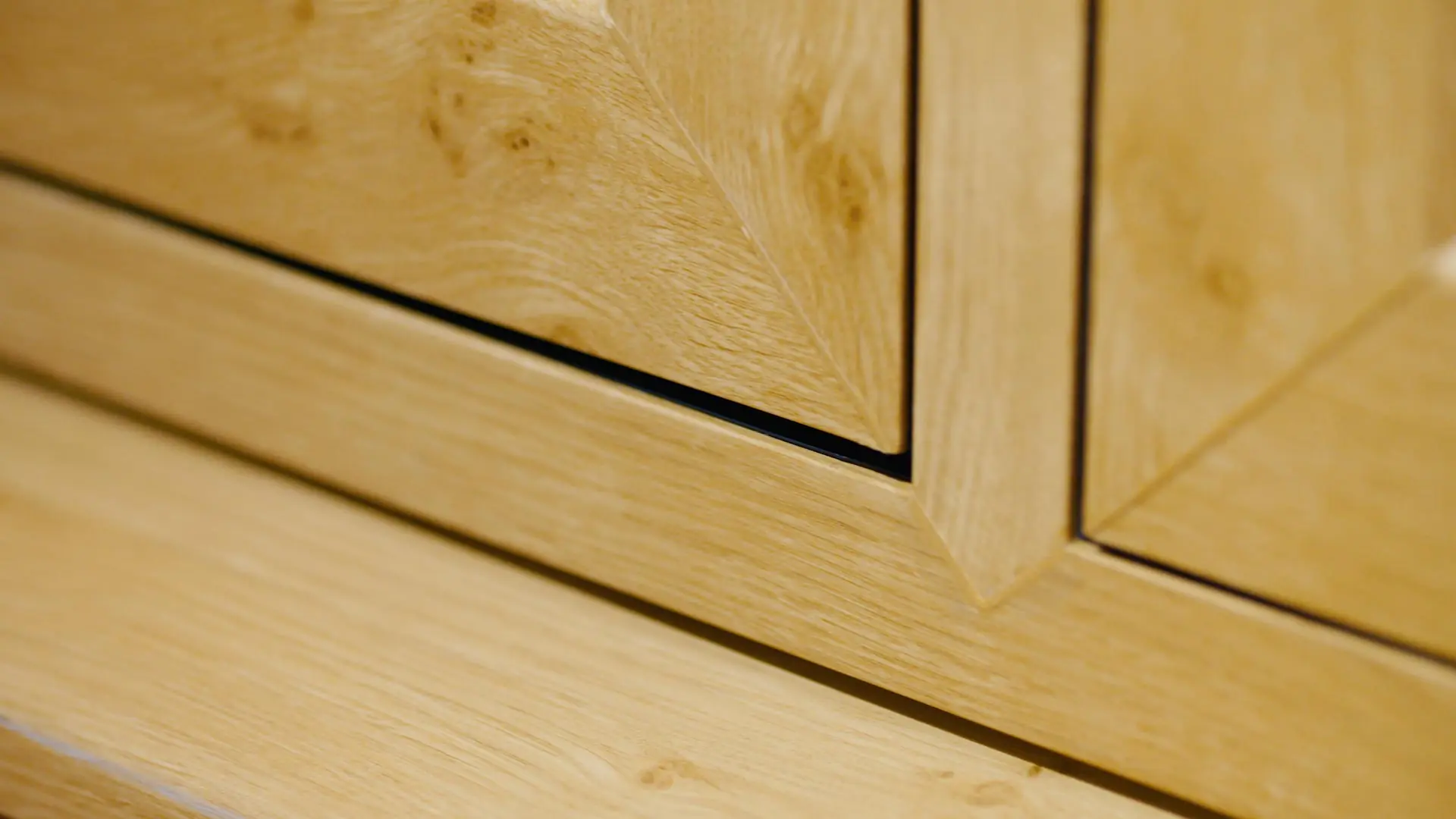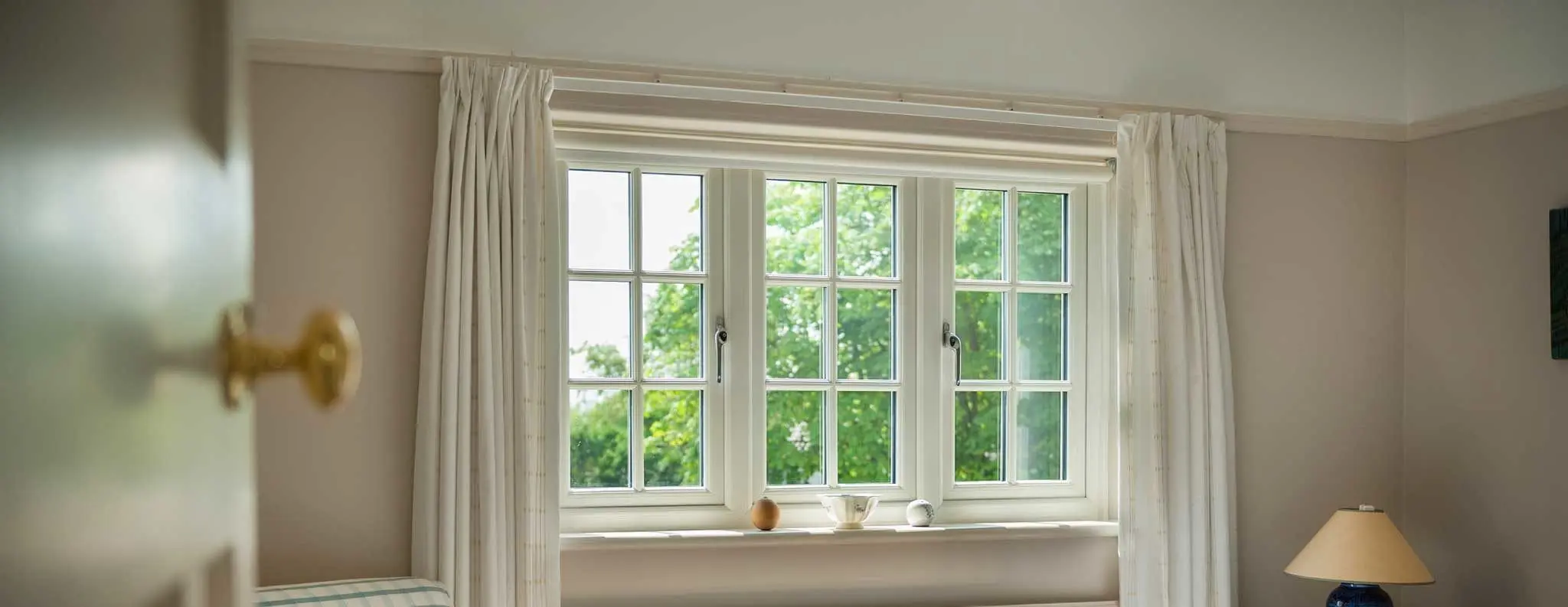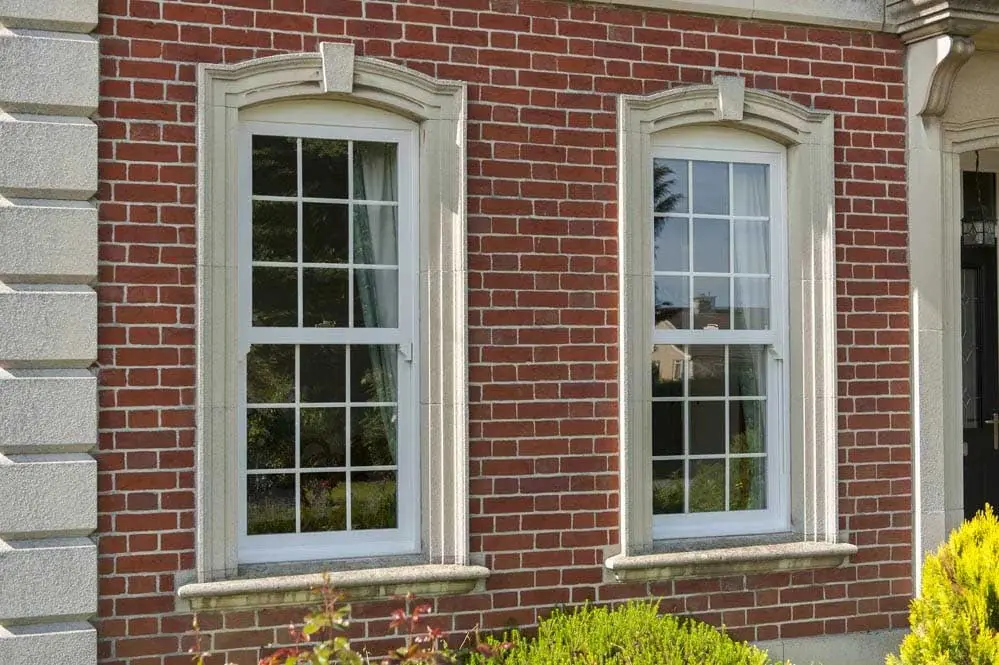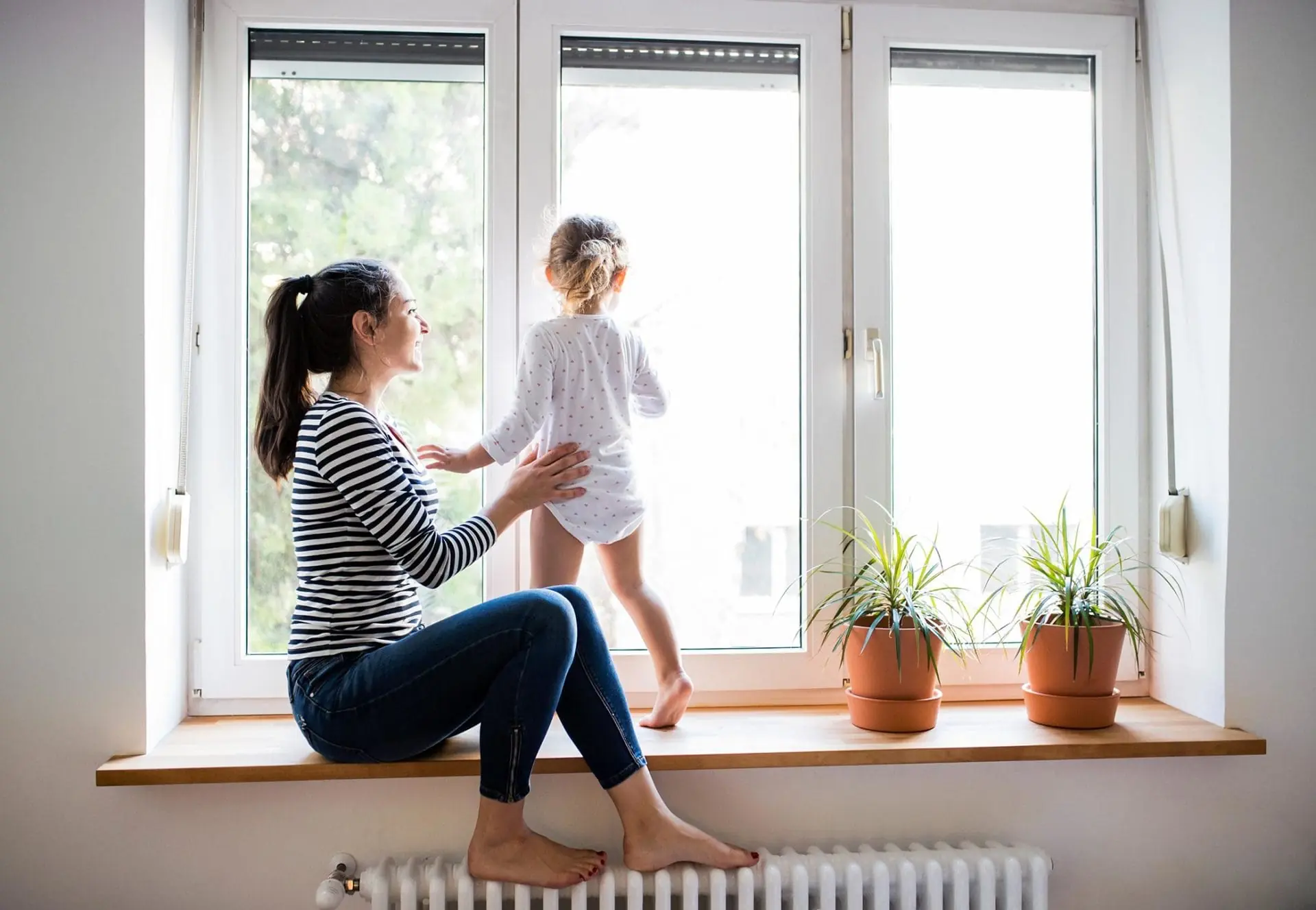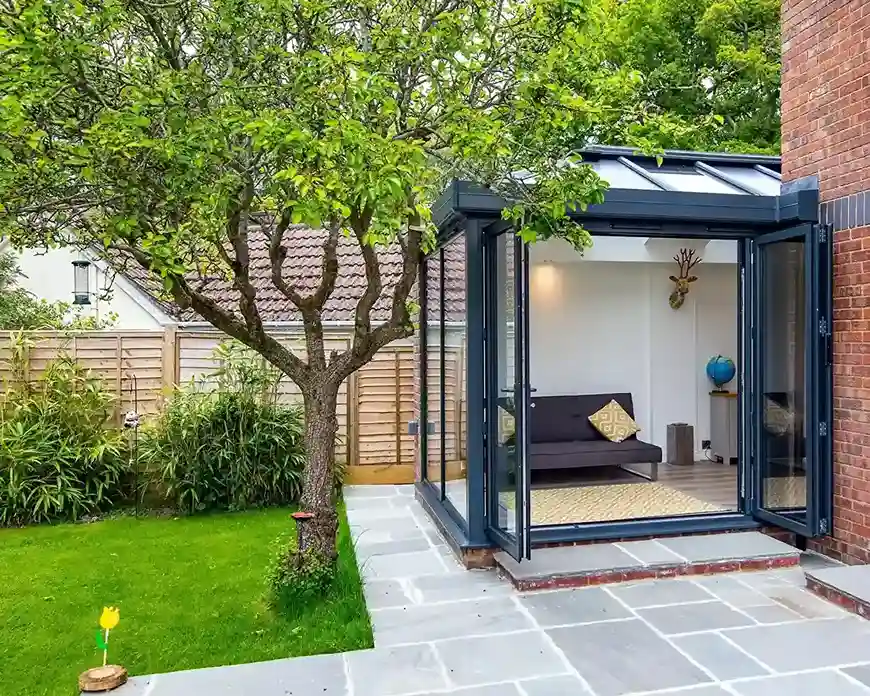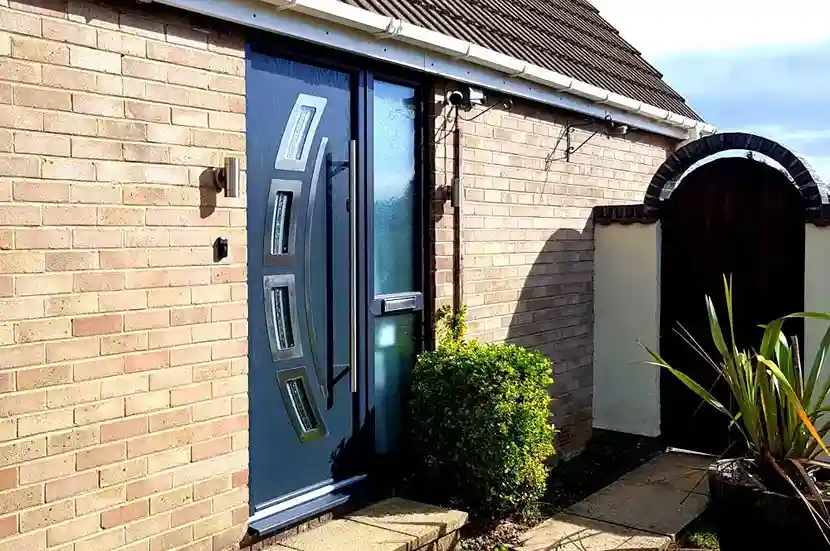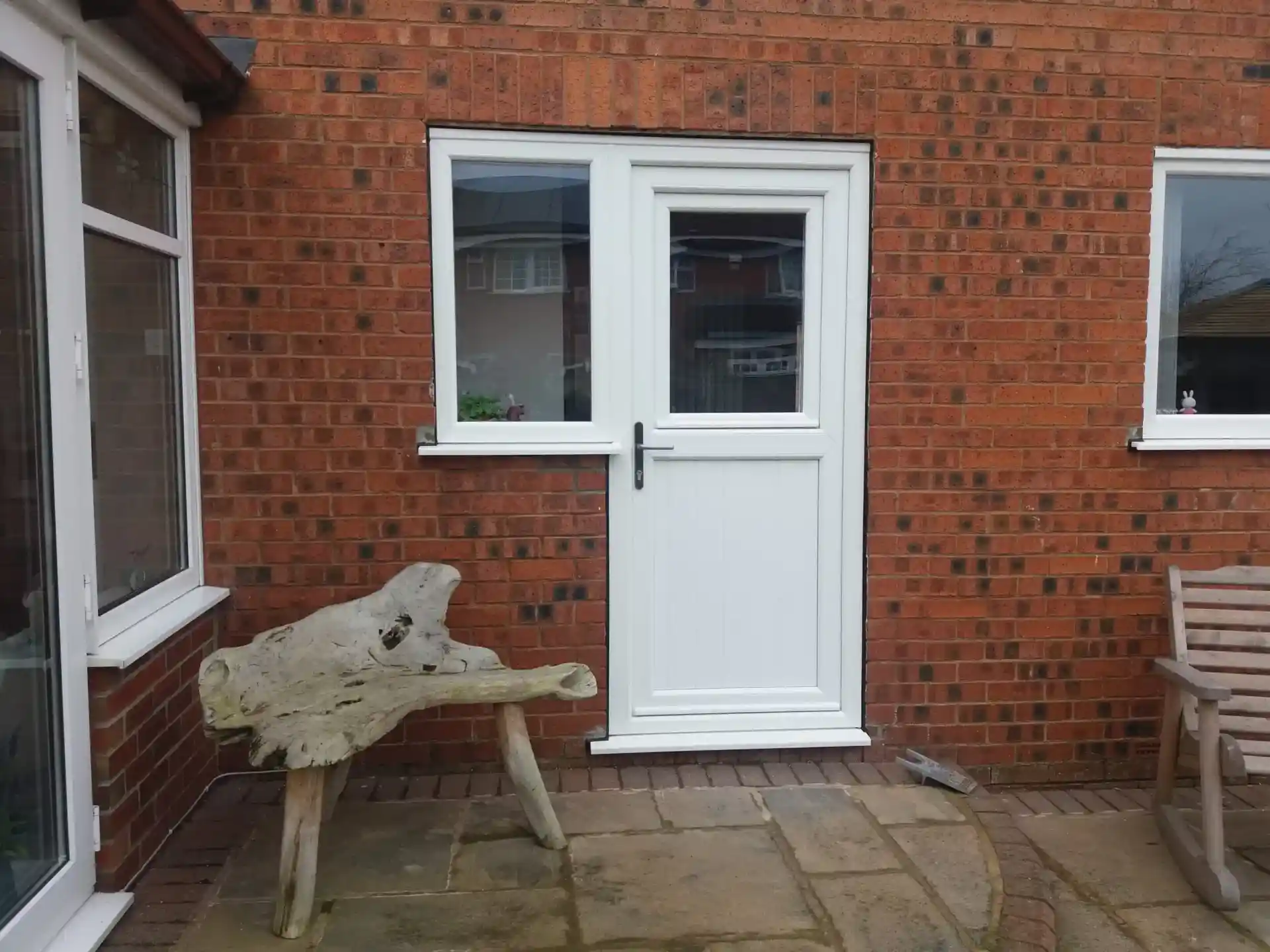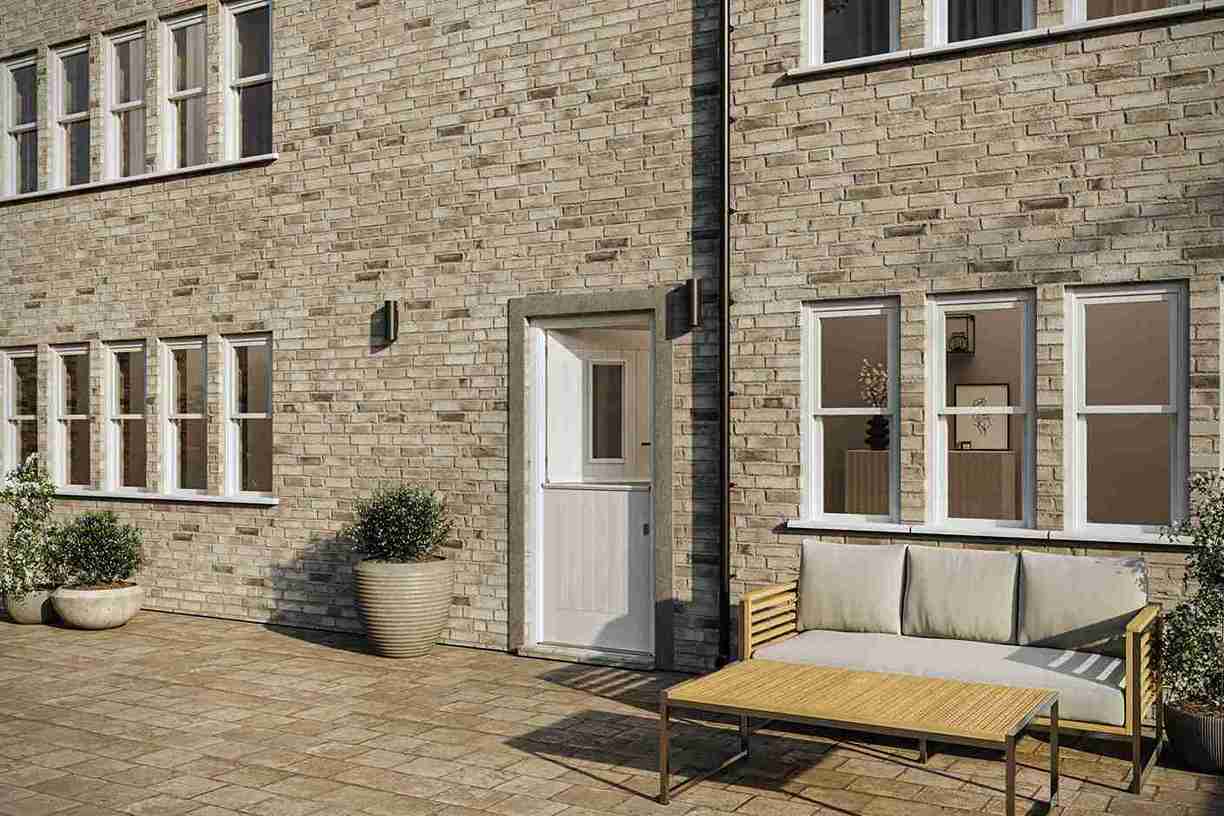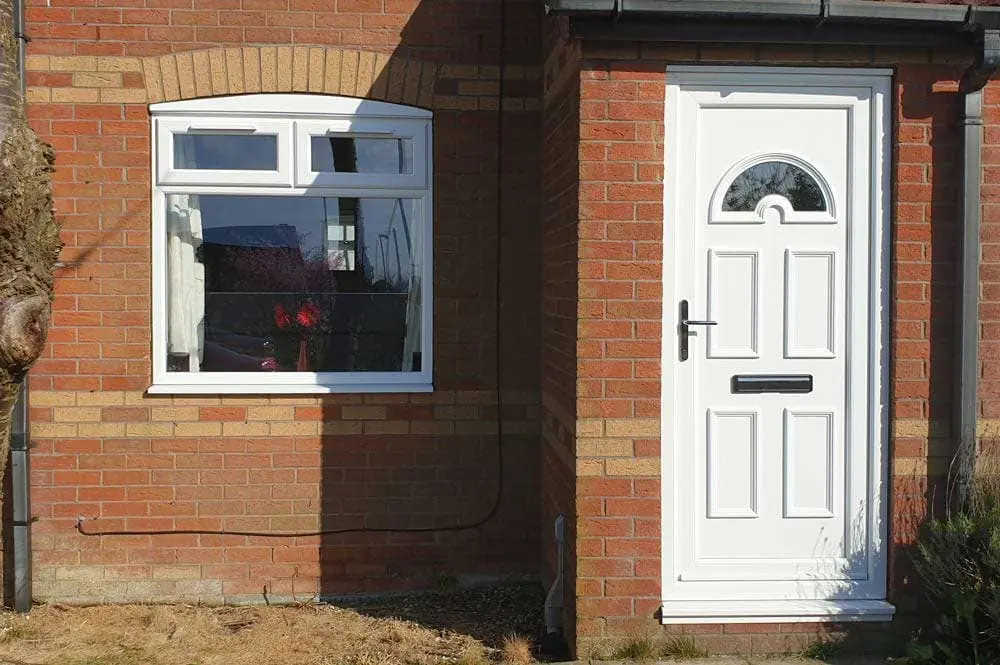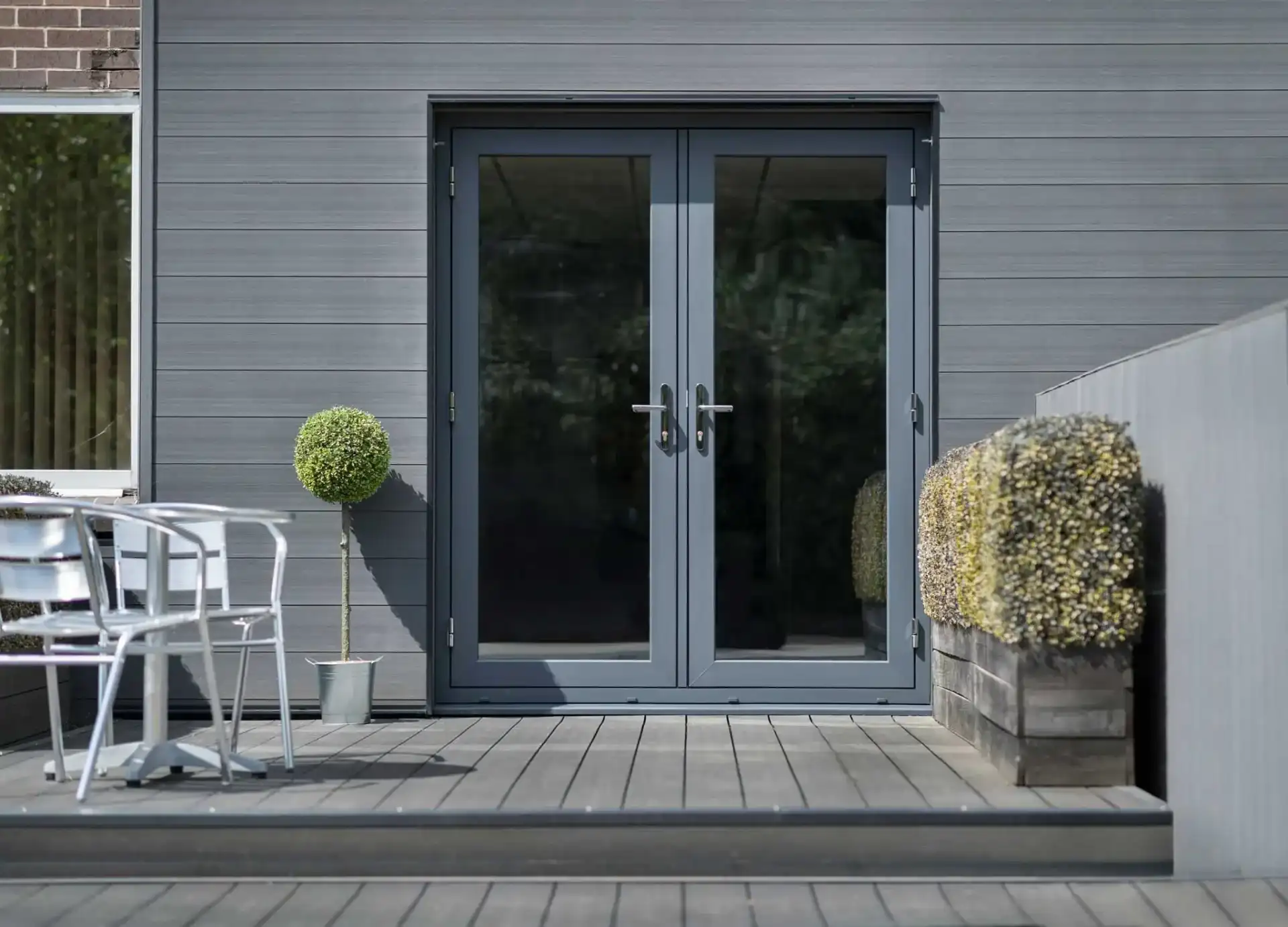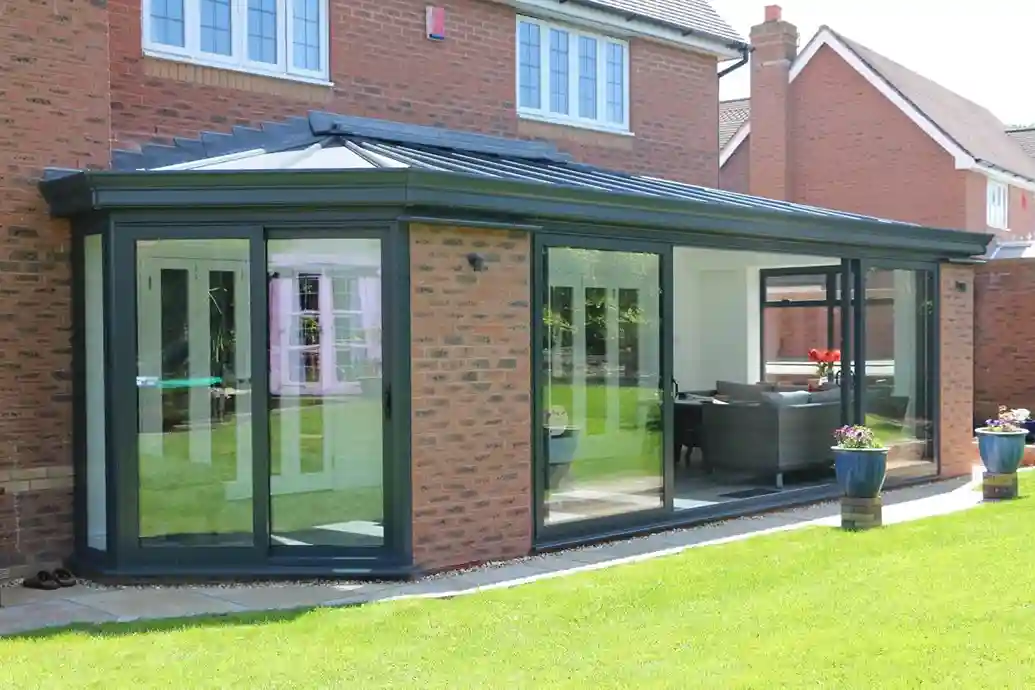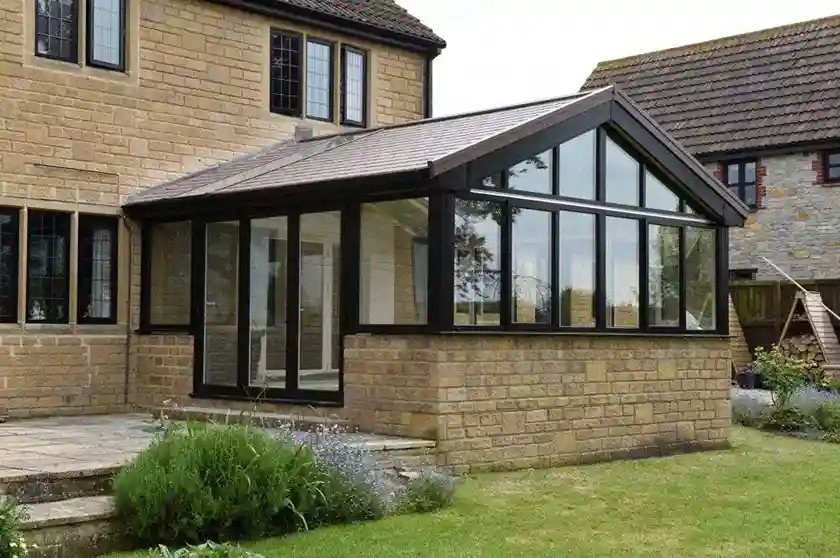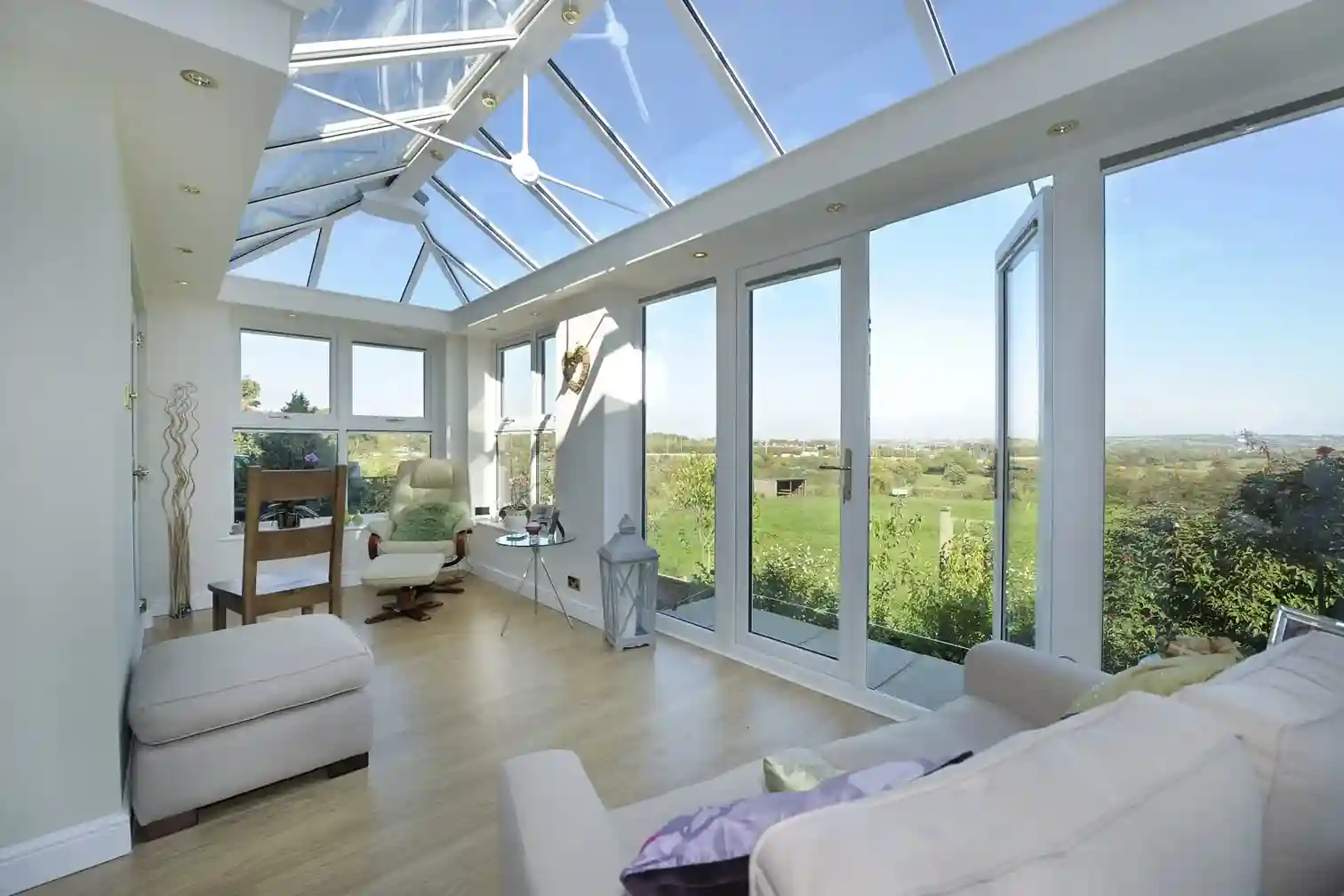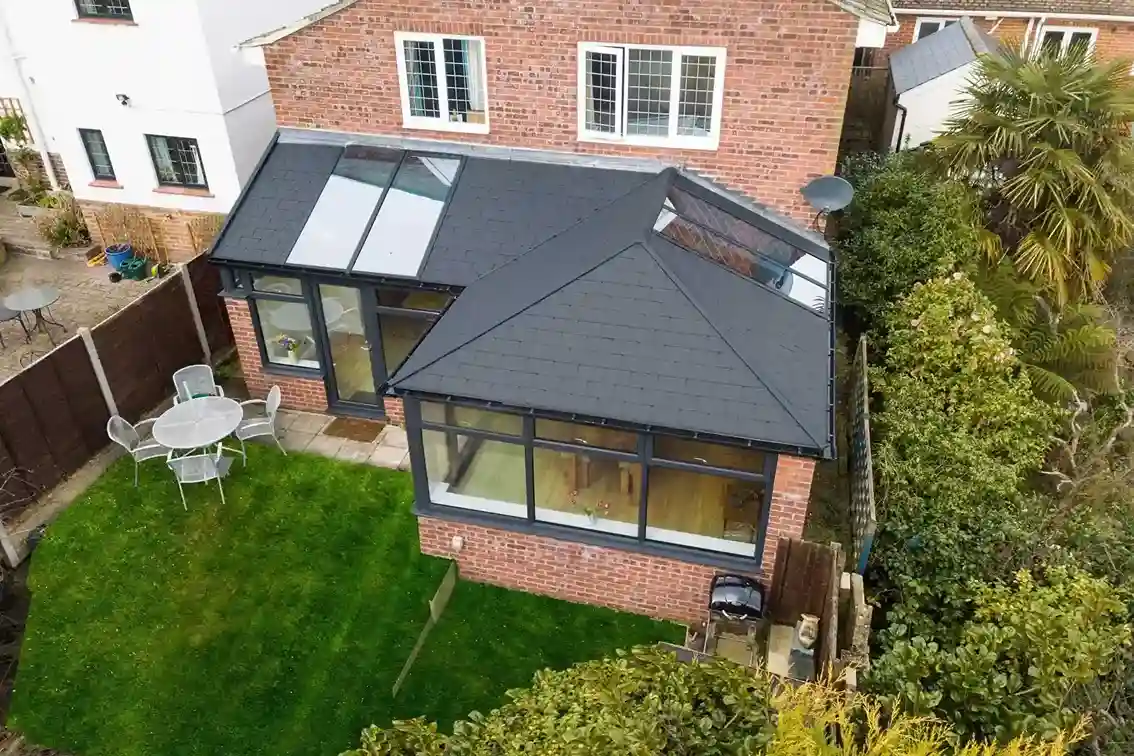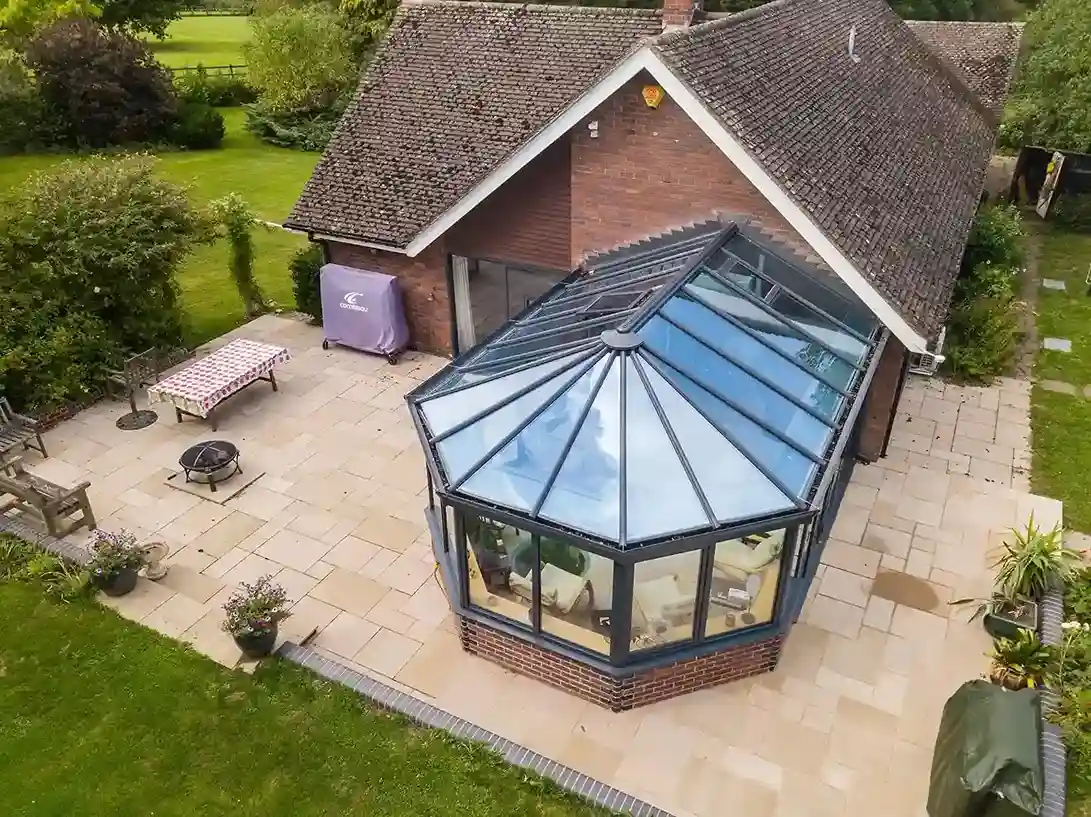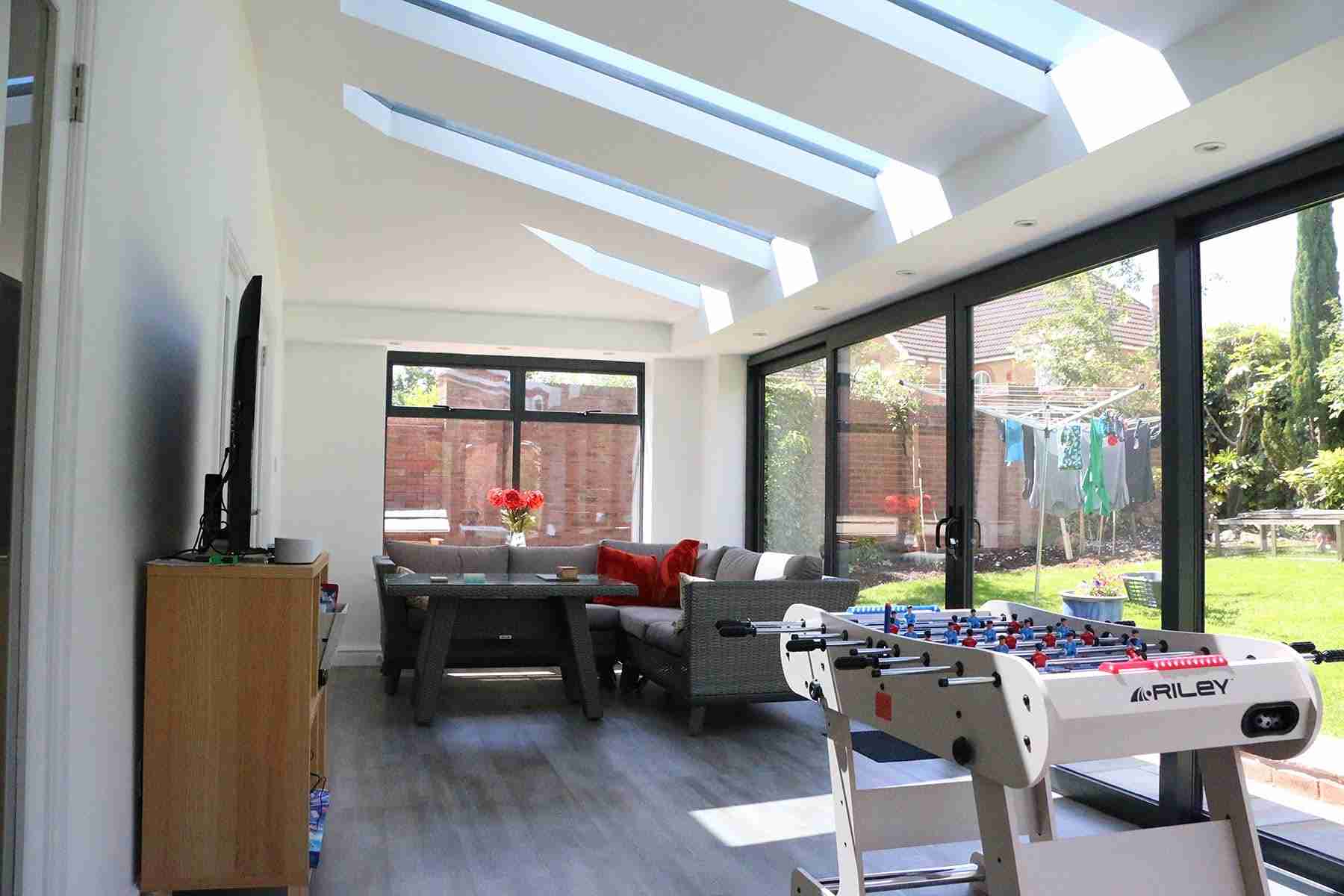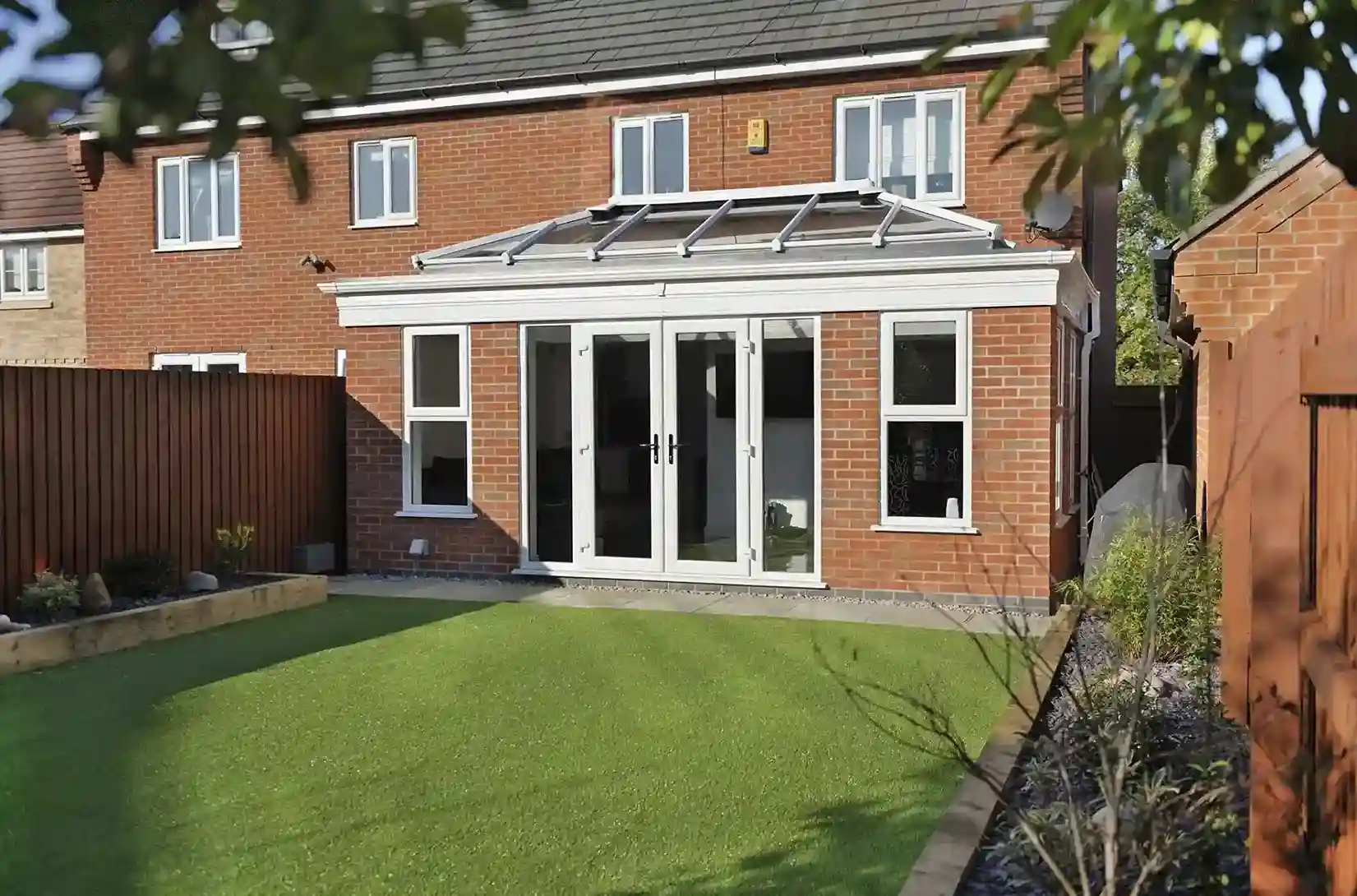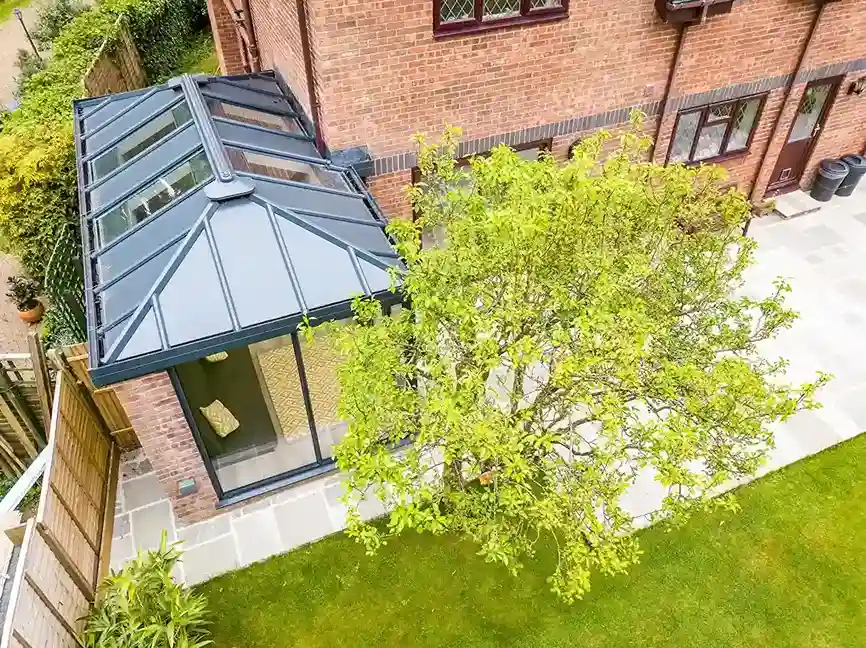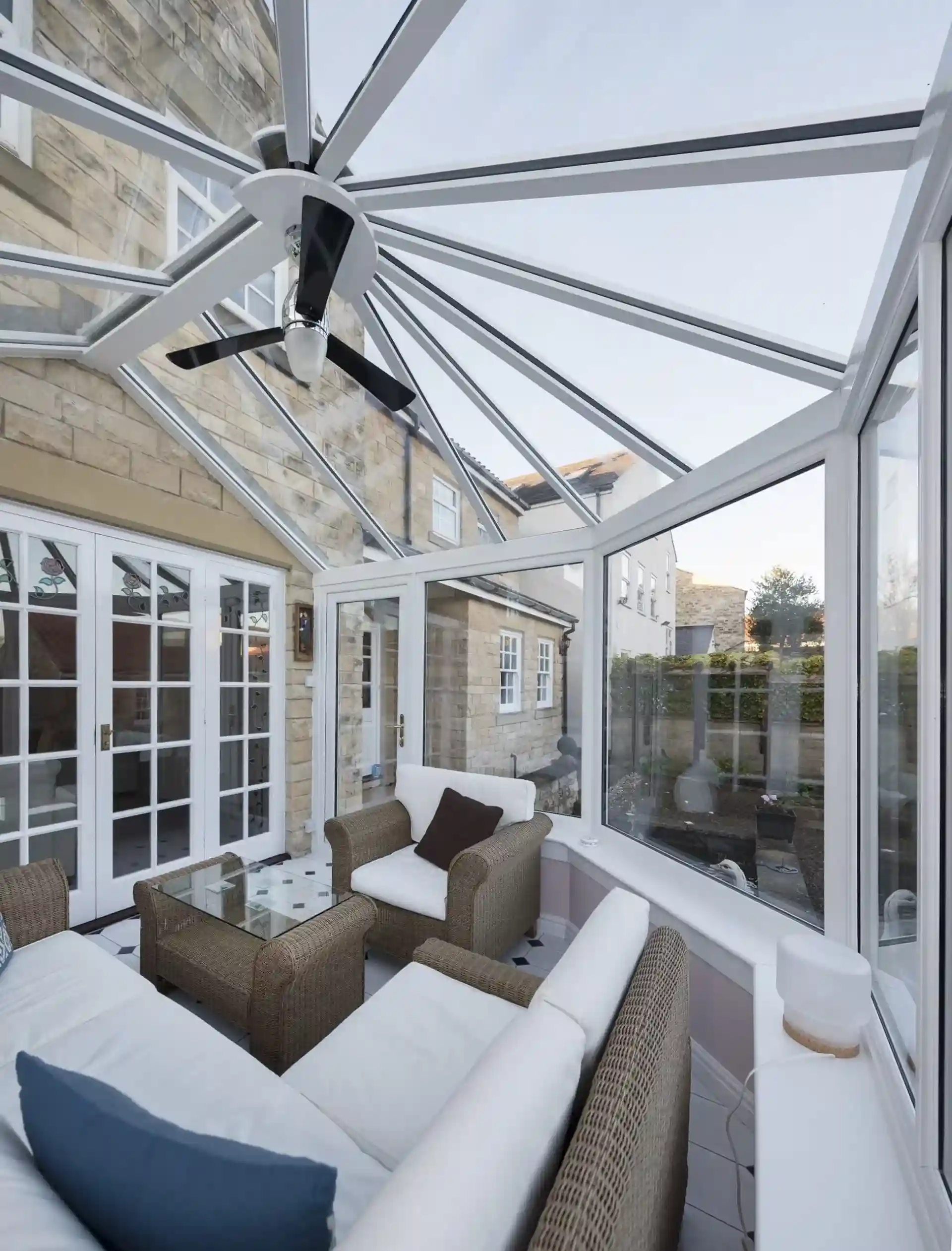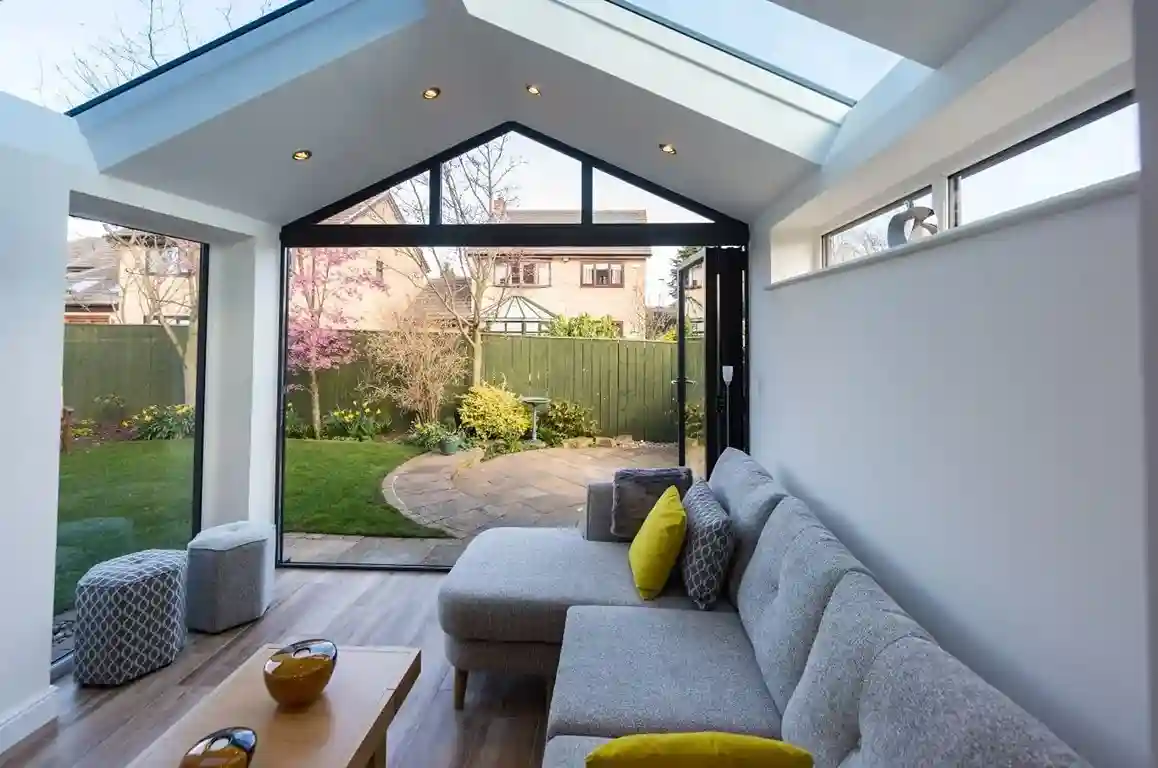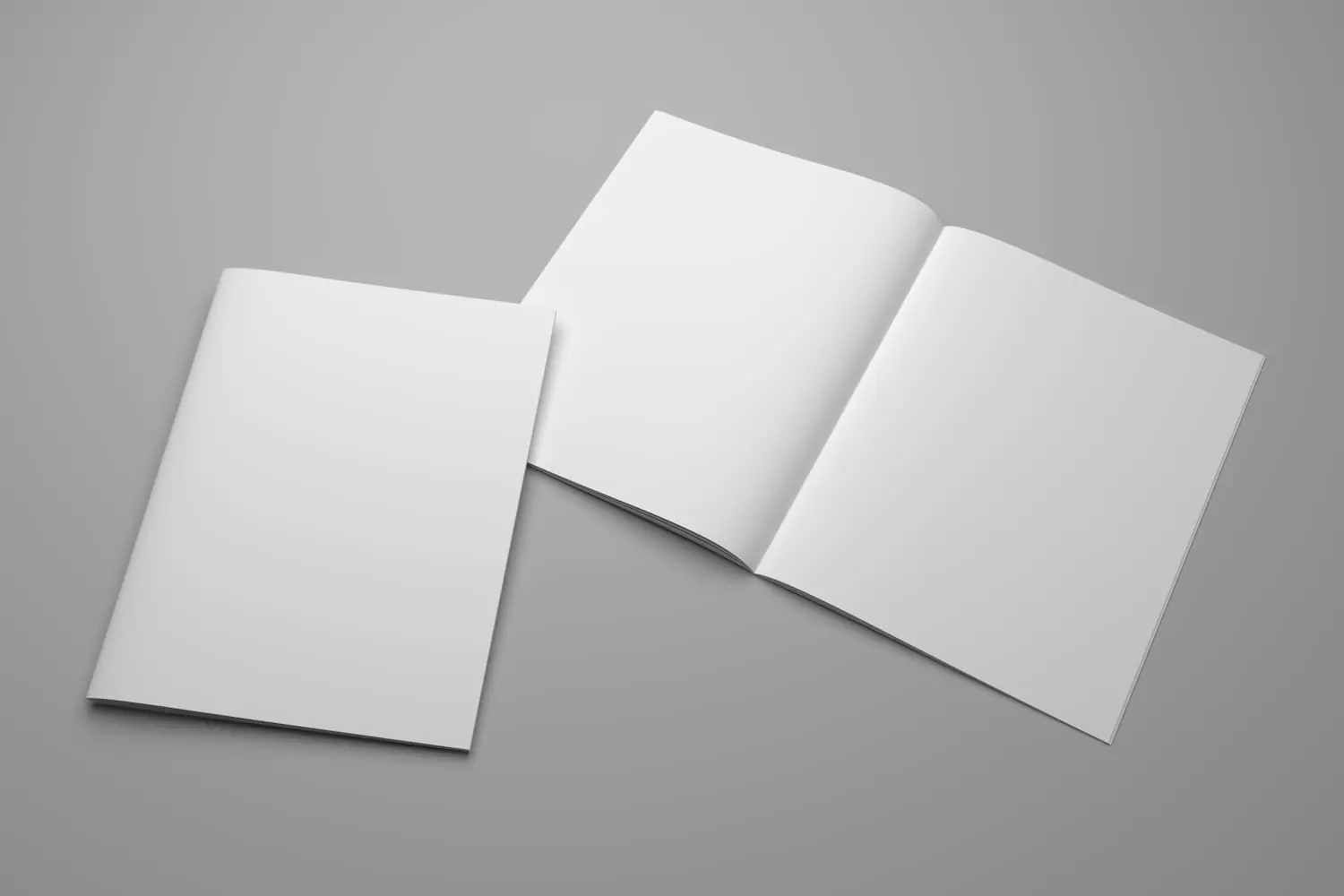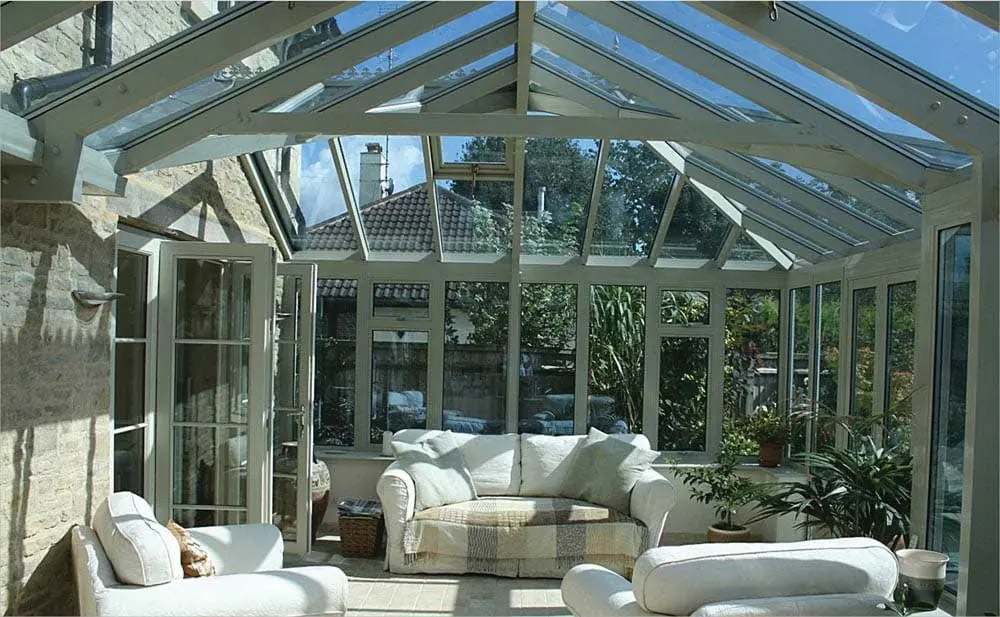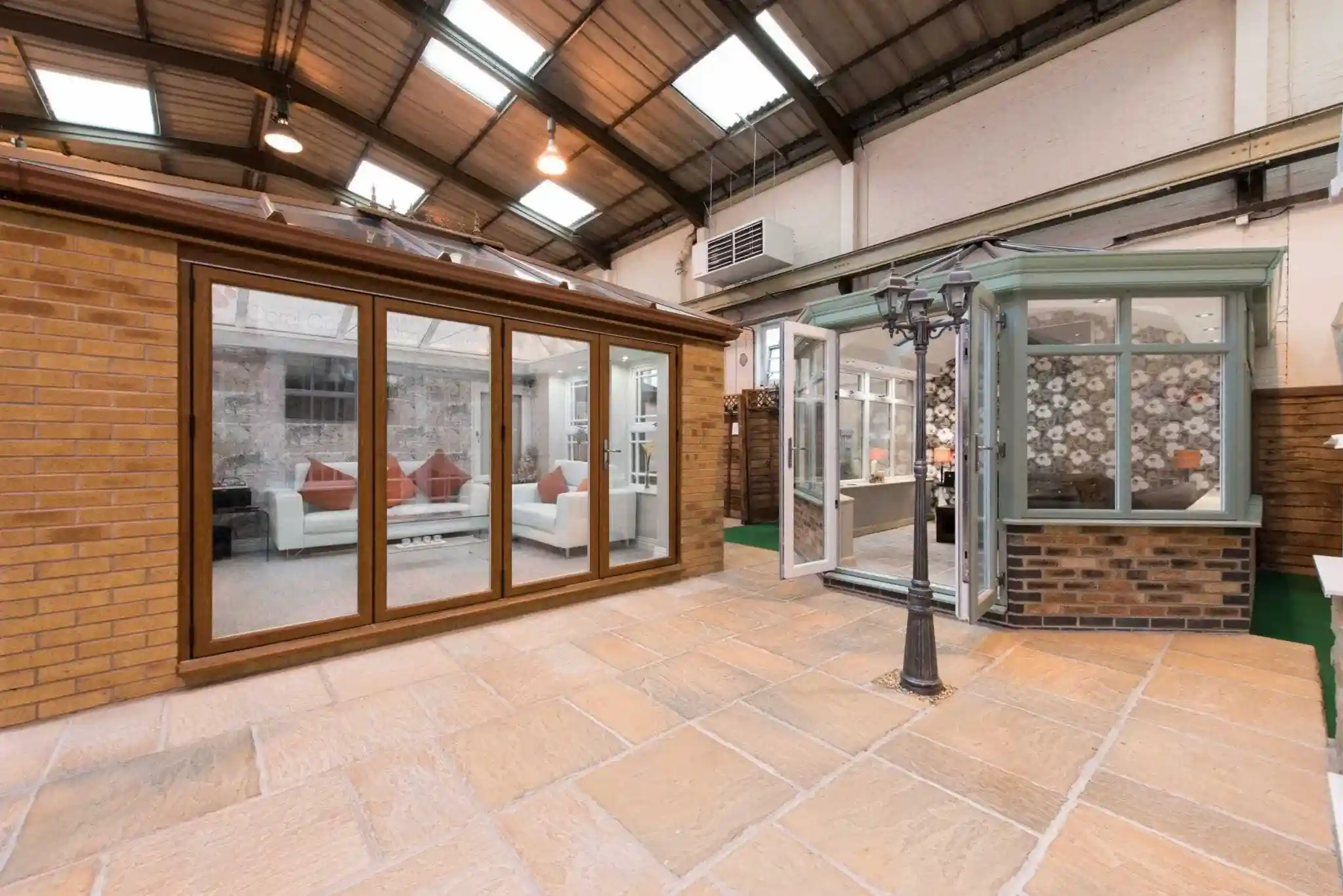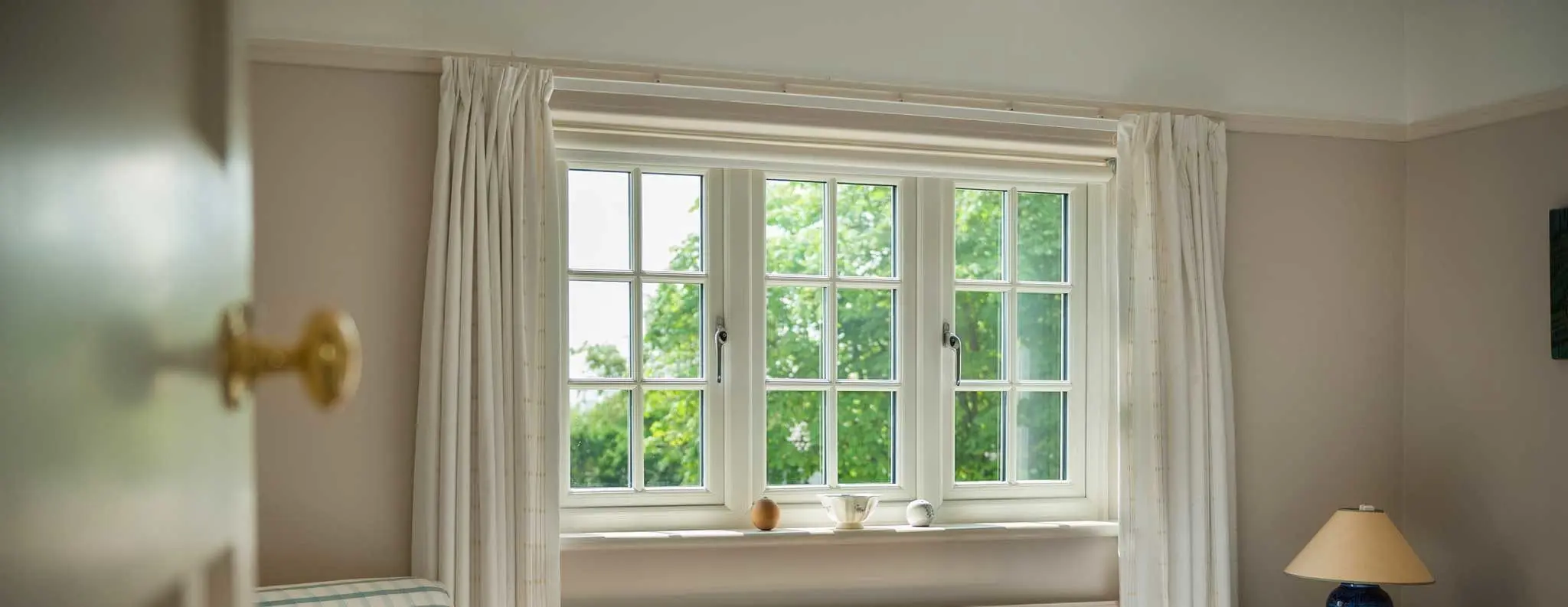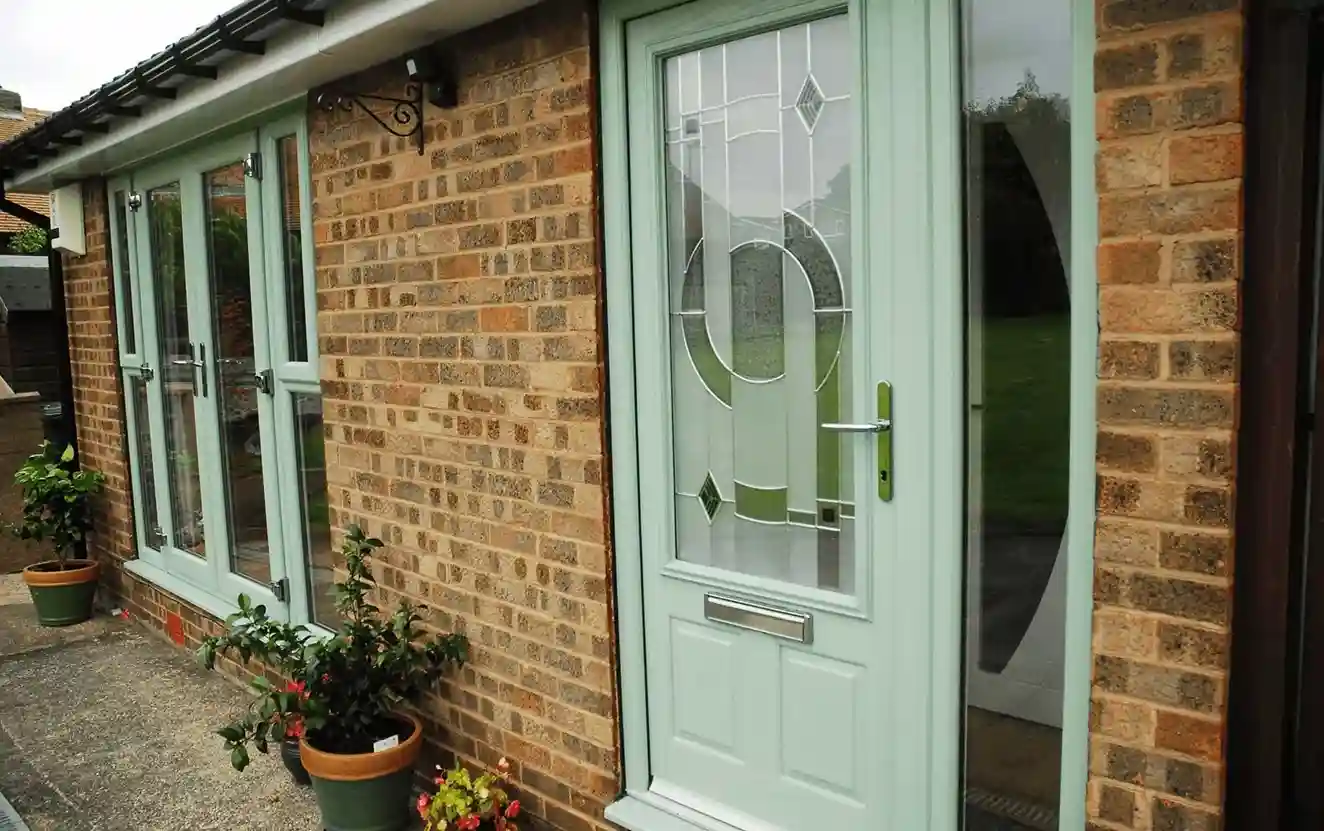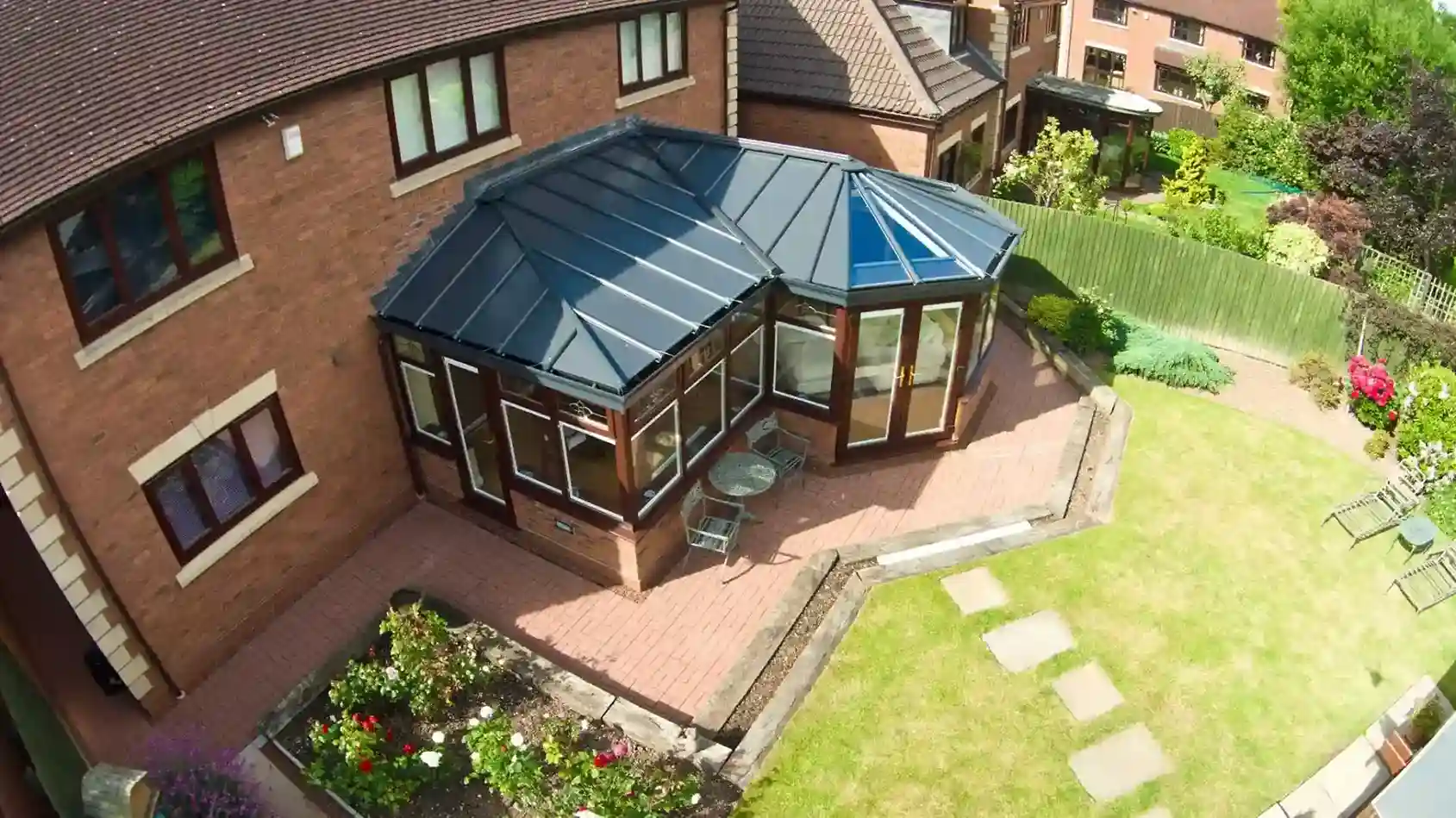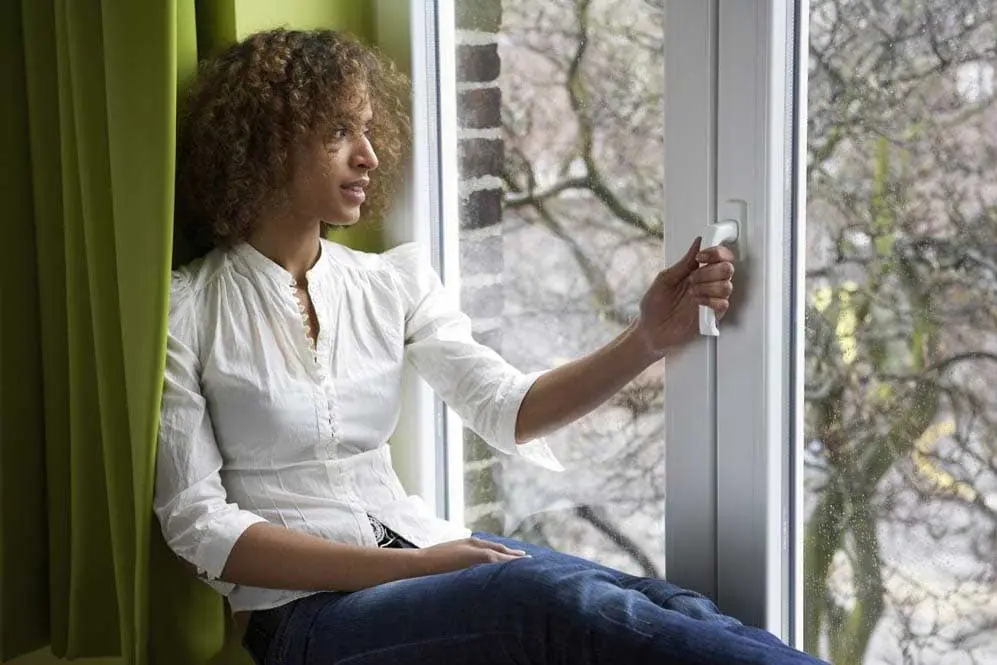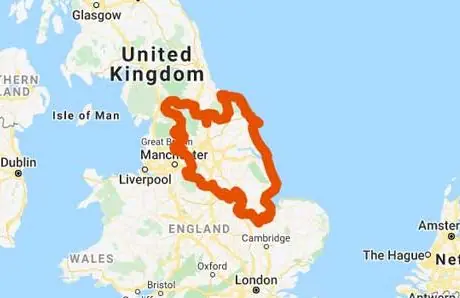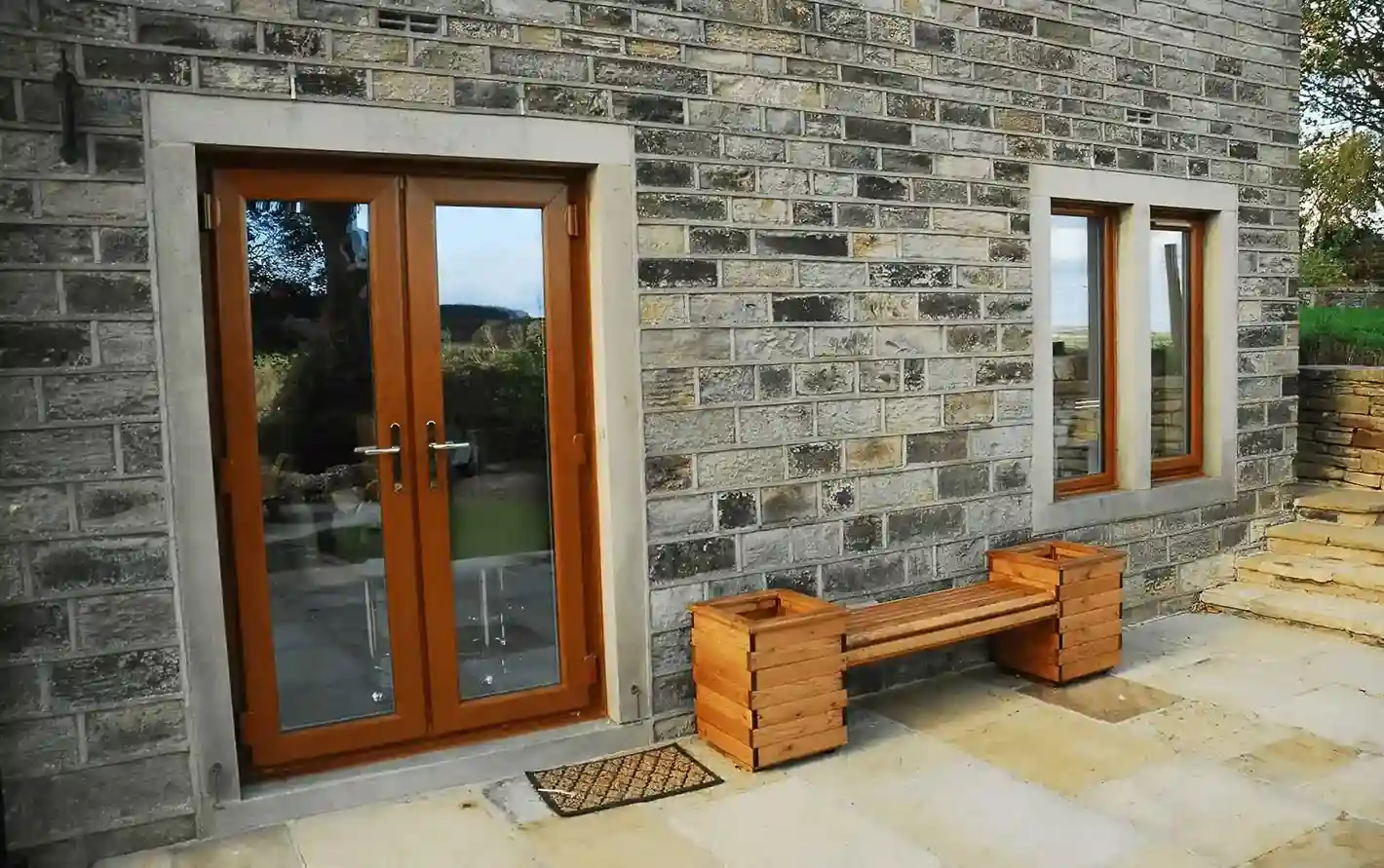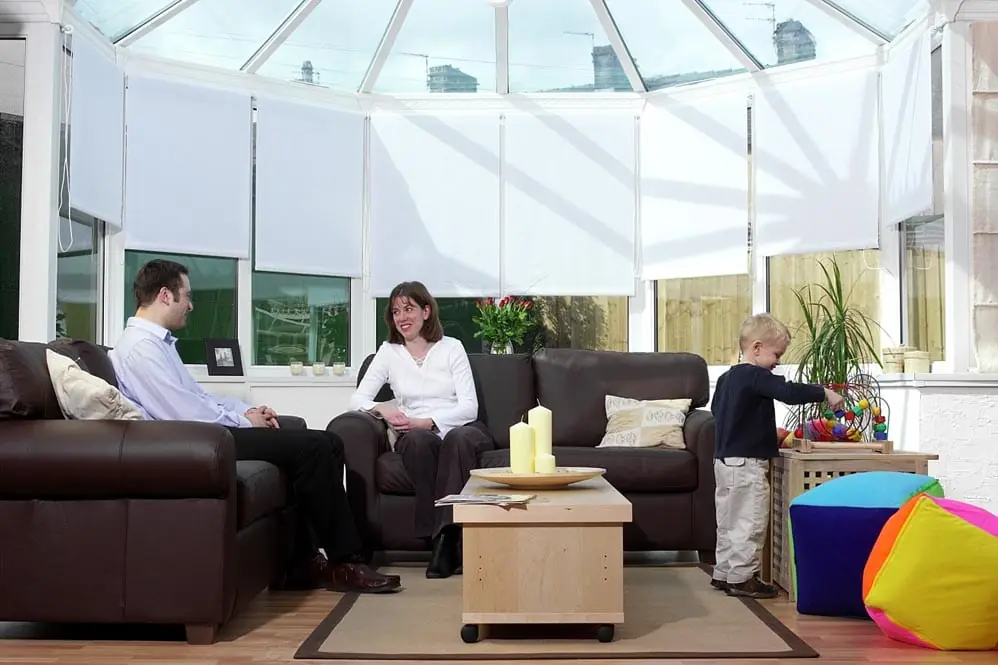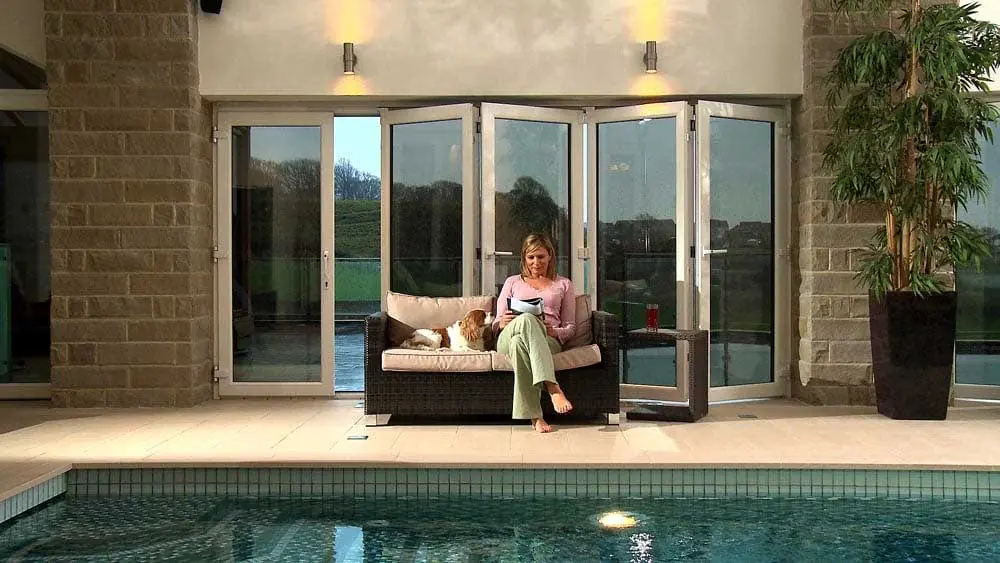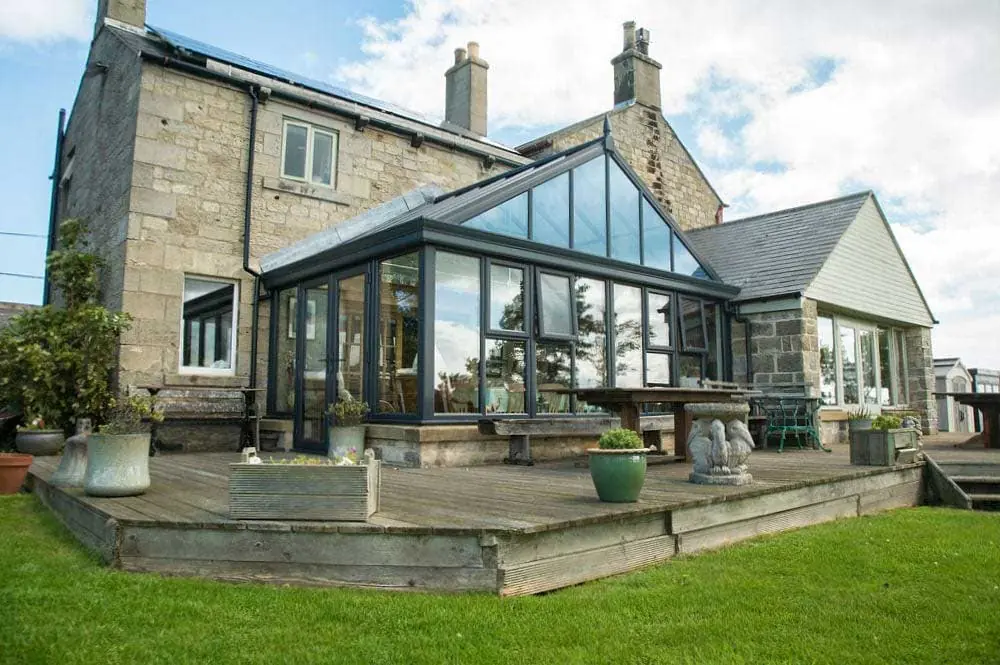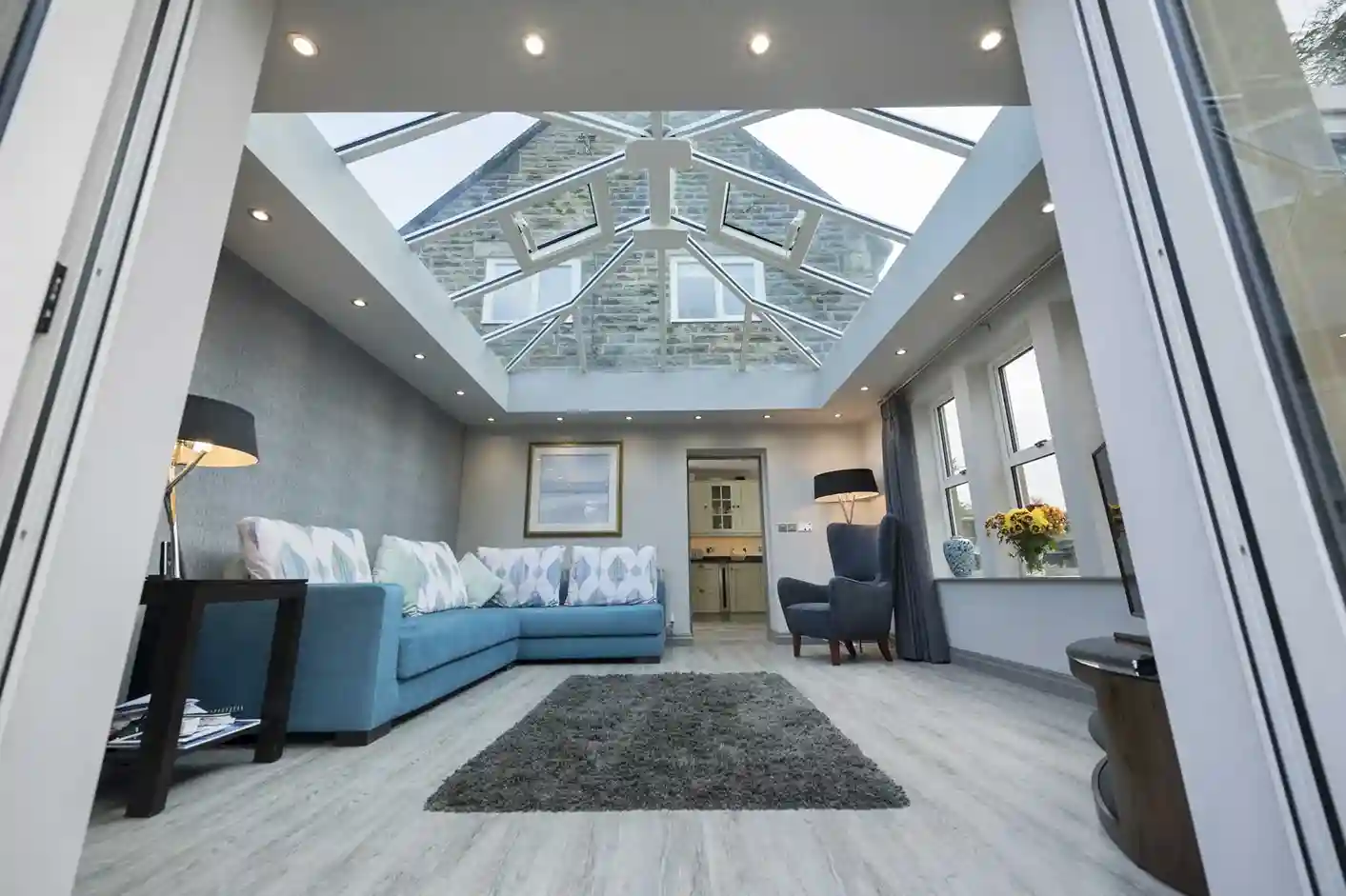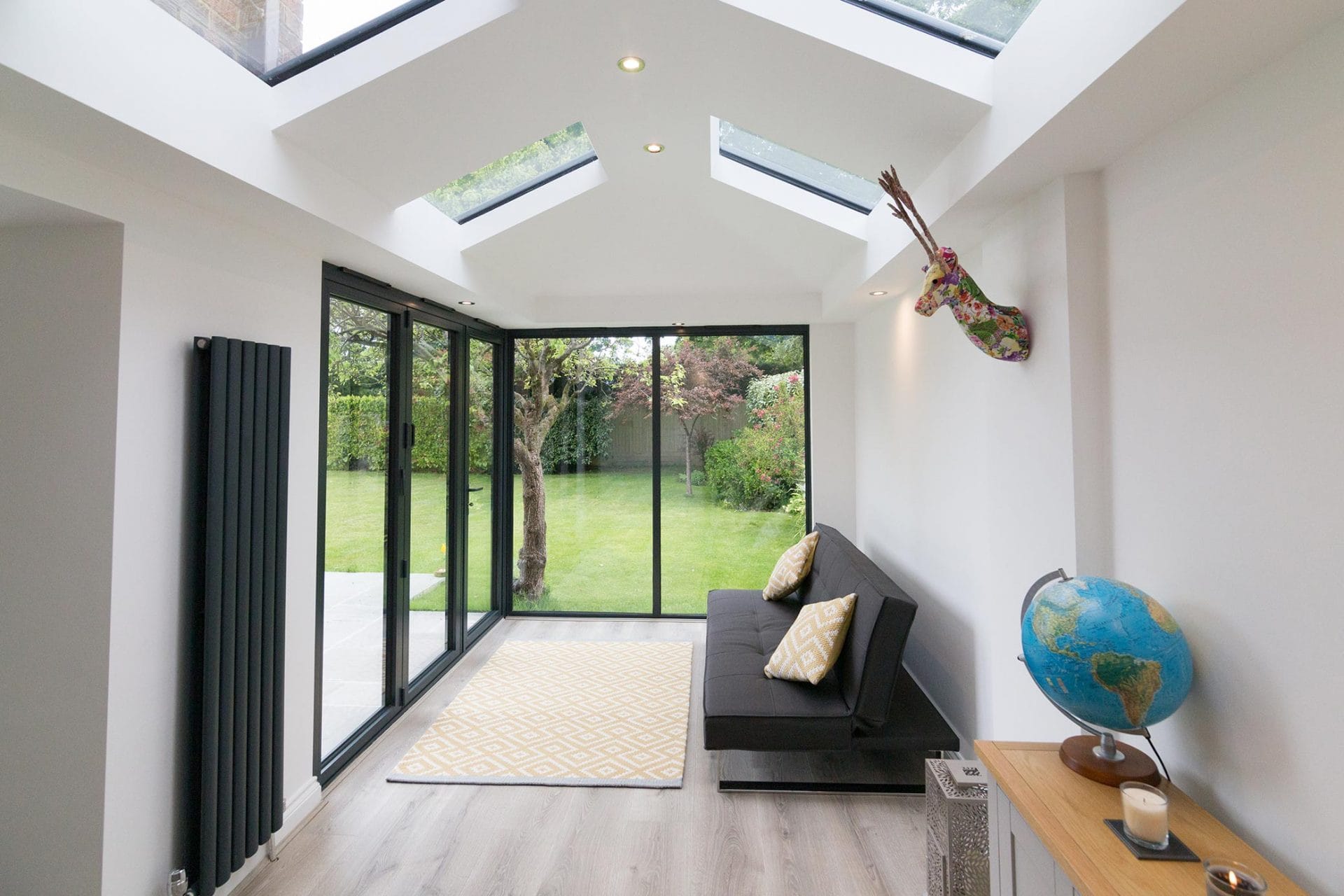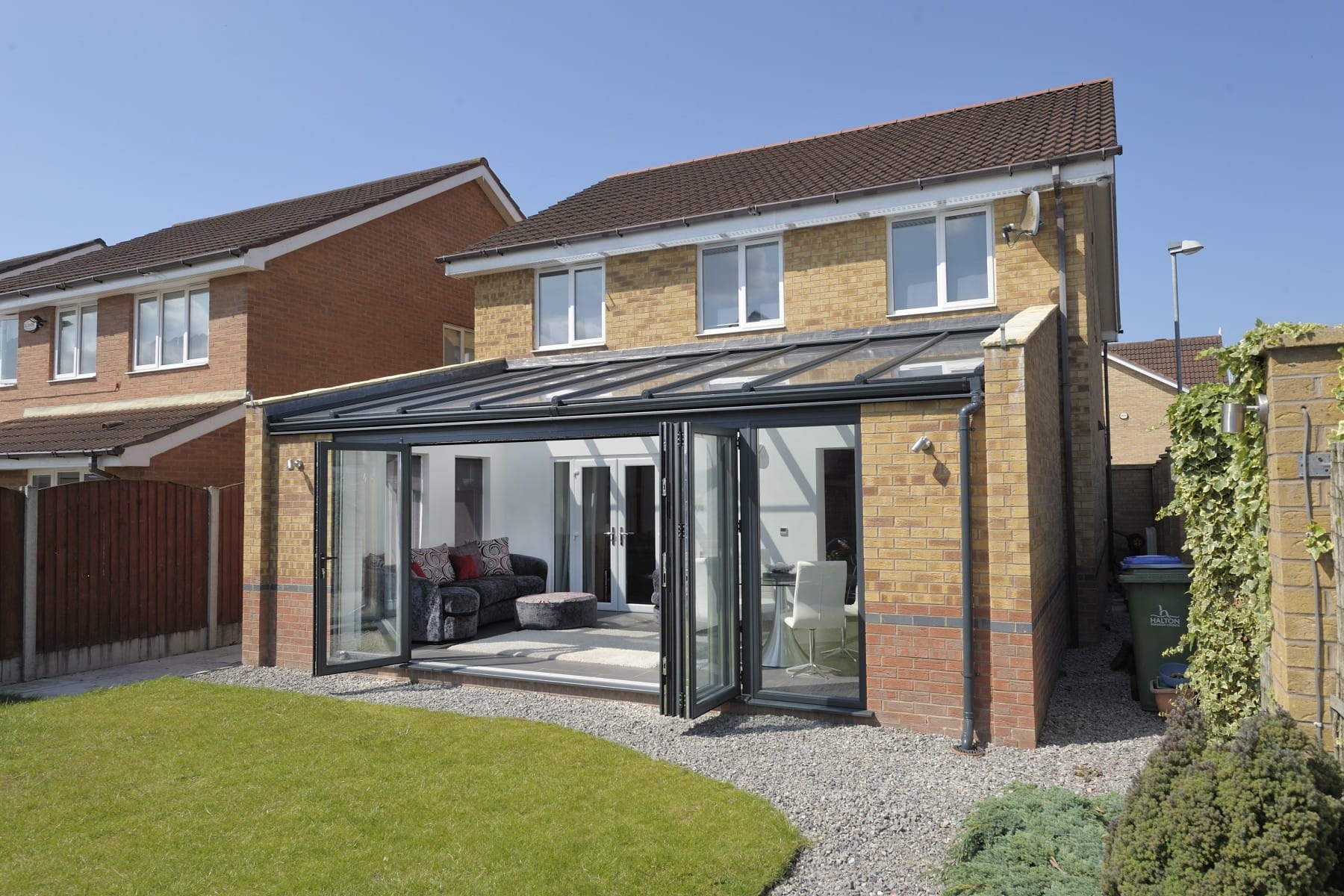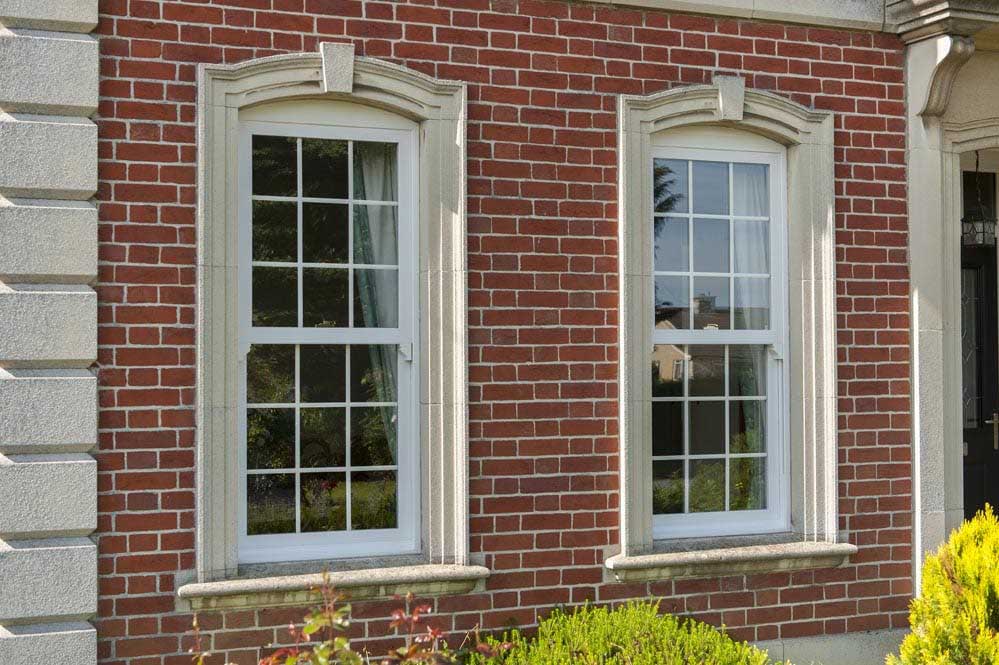Top tips for redecorating
Deciding to have a change with a new look in your home is a great way to enhance your living environment and create a calming atmosphere to relax in. Making changes to a room doesn’t have to mean a major project costing lots of money it can be done on a small scale and be kept in budget. In this article you will find some top tips to help you when sprucing up a room with paint or wallpaper methods.
Firstly in the wonderful world of DIY and home interiors you will find a broad range of wallpaper and paint ideas to choose from and whether you choose to go bold with colour or minimal with pattern you are sure to find an option perfect for you but did you know that if you can’t find the perfect paint colour you can create your own. If you have the perfect colour you are after but it is actually the colour of a cushion cover, scarf or even a children’s toy you can have that colour matched and then mixed into paint form, creating a very unique and personal finish for your home.
Preparation
The most important part of redecorating is preparation. Successful preparation will lead to a high-quality end result that will not only look great but will also be long-lasting.
- Where possible remove all furniture from the room being decorated, if this is not possible place furniture to the centre of the room and cover with dust sheets to protect
- Wash down walls, skirting and doors ensuring that dust, dirt and grease are fully removed. (You can buy sugar soap solutions suitable for this at all good DIY stores)
- Once the surfaces are fully dry use a filler product to fill in any cracks, picture hook marks or scuffs in walls to create a smooth surface. Always follow product guidelines carefully to ensure a successful end result
- Sandpaper any surfaces that require prepping and then remove dust using a hoover or cloth.
- Mask off all areas and don’t forget door handles, door frames and plug sockets
- Ensure flooring is well protected by covering with dust sheets
- Create a tidy workspace fully equipped with decorating materials, masking tape, cloths and a bin bag
Painting tips
- Start by pouring your paint into a decorating tray taking care not to overfill the tray and leave drips of excess paint on floor areas. Remember not to overload your roller or brush when you start
- The best starting point is the ceiling and though a little tricky it is worth using a roller on an extended pole to help you achieve a good finish. Take your time and work from one starting point out to ensure that no areas are missed
- When painting walls start from one and work your way around the room back to your starting point
- Add new coats of paint only when the last one is fully dry
- Complete the painting of woodwork and doors after you have fully completed your ceiling and walls
Papering tips
- Start with an organised workspace. Create an area that allows you enough space to work as wallpapering can get a little messy
- Before you begin adding paper to a wall line up a couple of sheets on the floor (unpasted) to allow you to practice matching up any intricate designs
- Roll paste onto the paper to create a smooth thin layer that covers all the paper. Don’t dollop large amounts of paste as this will create a messy finish
- Once hung smooth over the paper surface carefully to remove air pockets. (Take care not to create new ones)
- Wipe and smooth as you go to ensure a neat and tidy work area and the end result
Wallpapering is not an easy task if you are new to it but don’t be afraid to have a go. Before you start do some research to help you perfect your skills, there are lots of great tips and tutorials online.
Whether you choose to decorate with paint or paper embrace having a change and remember the best way to achieve a high quality end result is good preparation before you begin.
Categories: Advice, Decorating Tips

